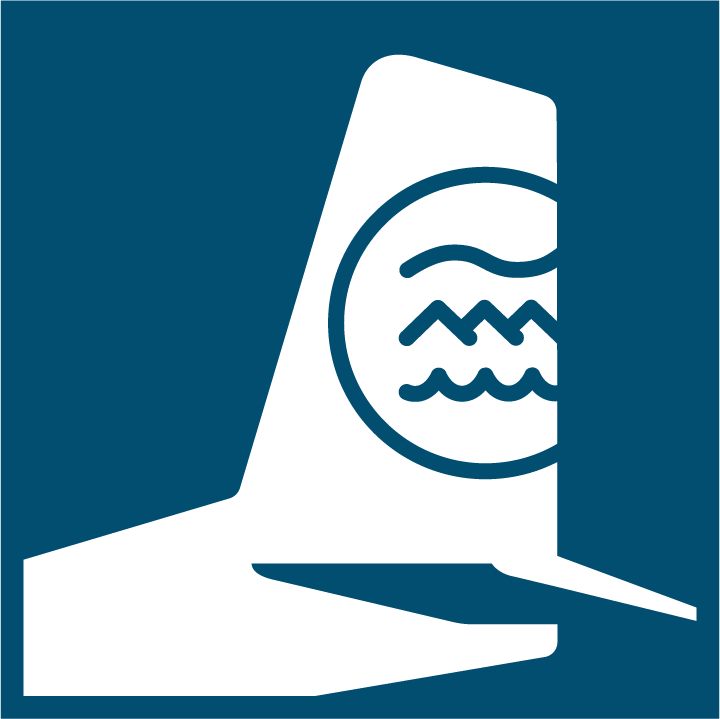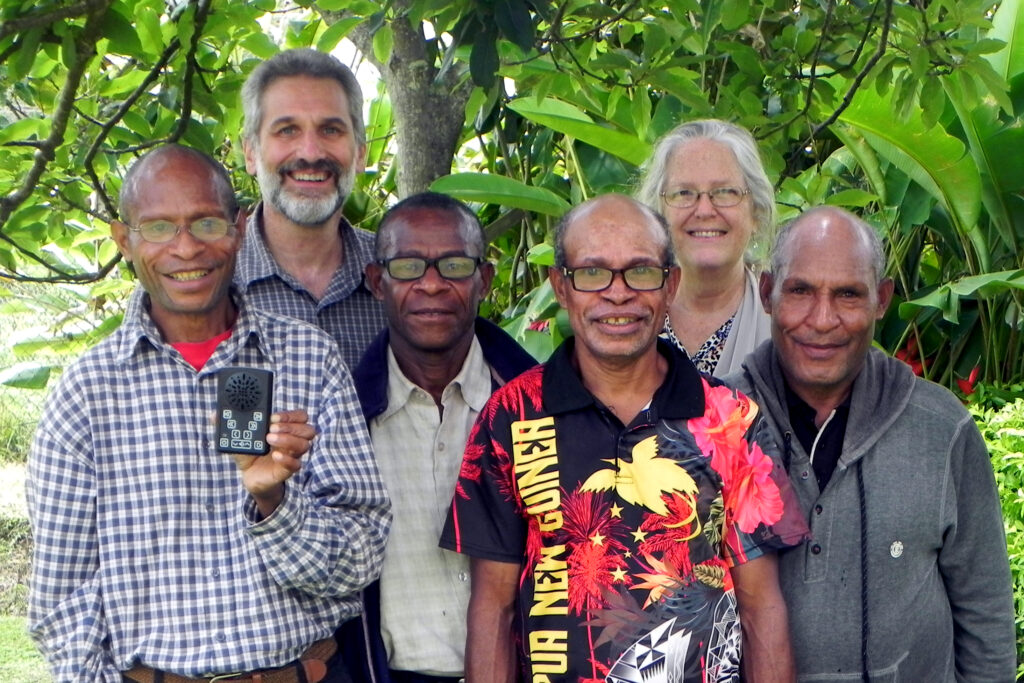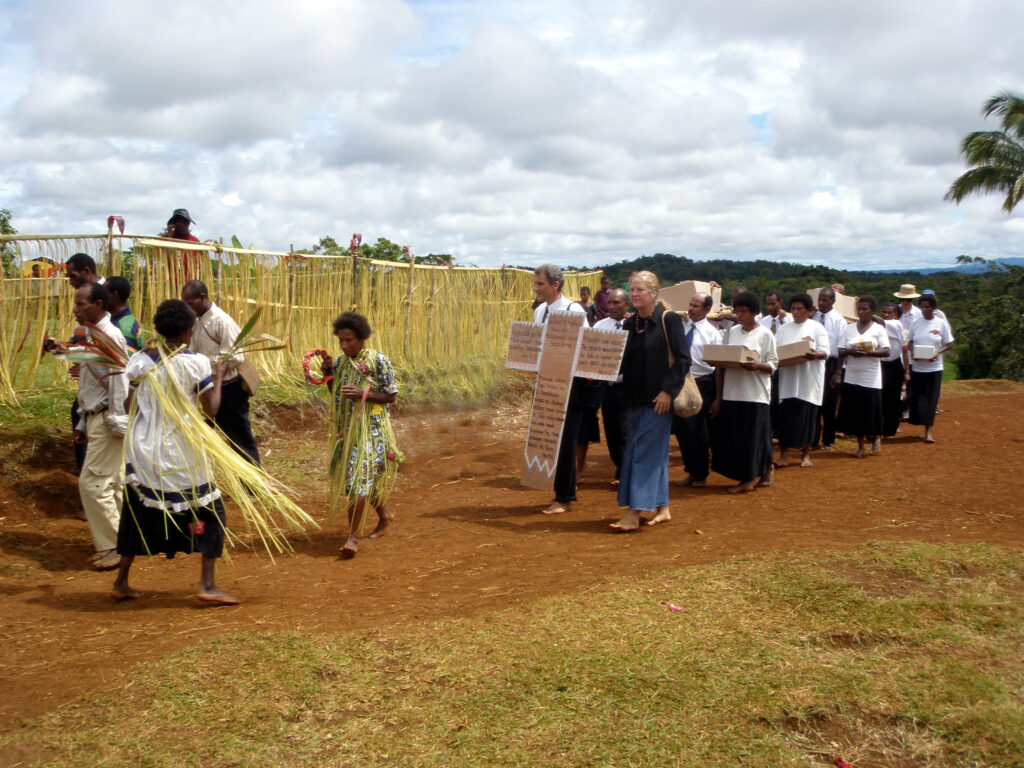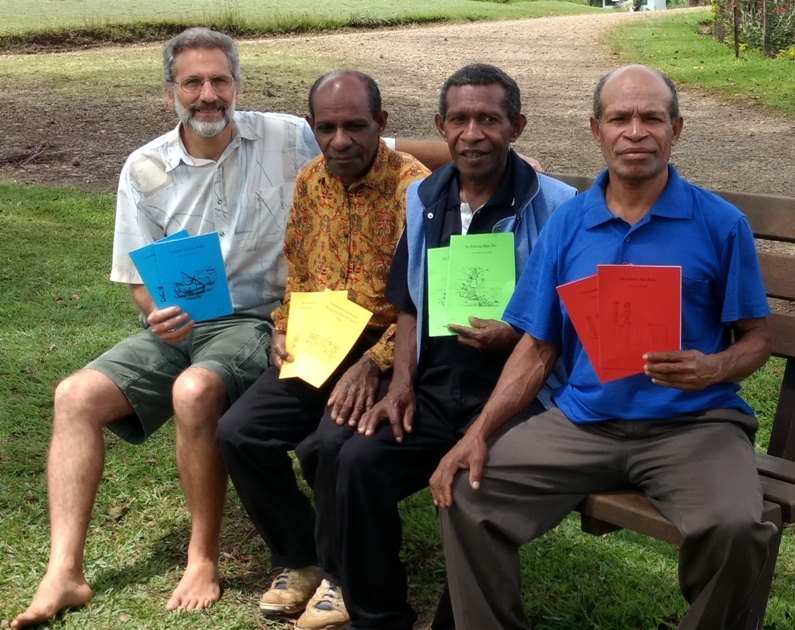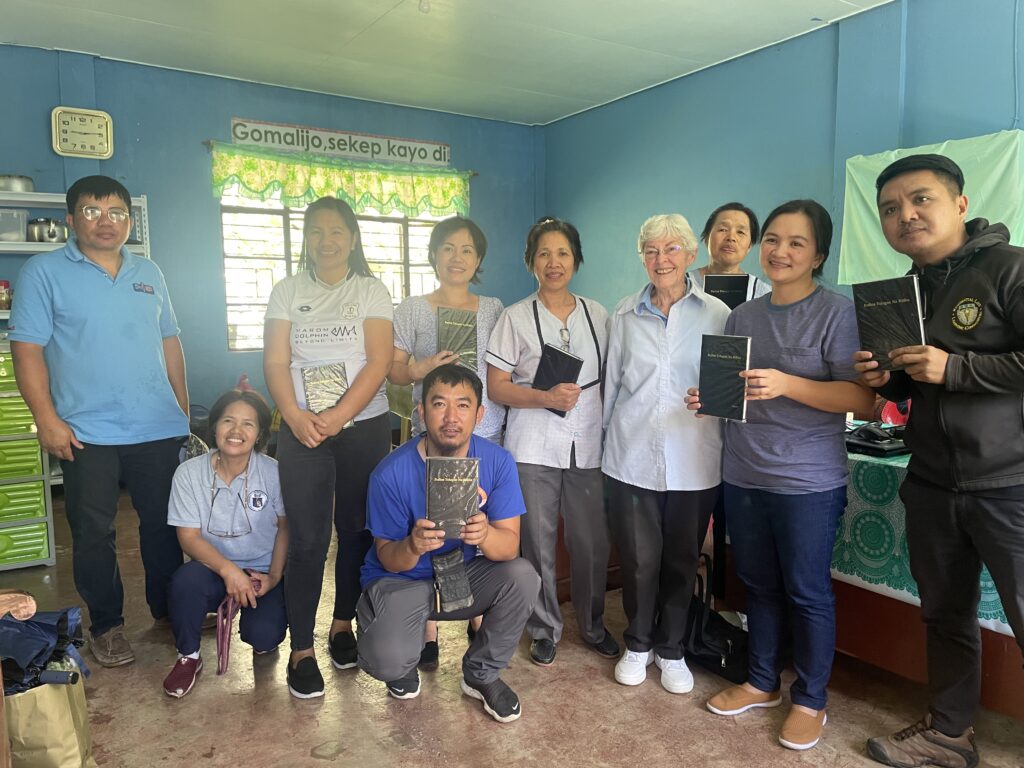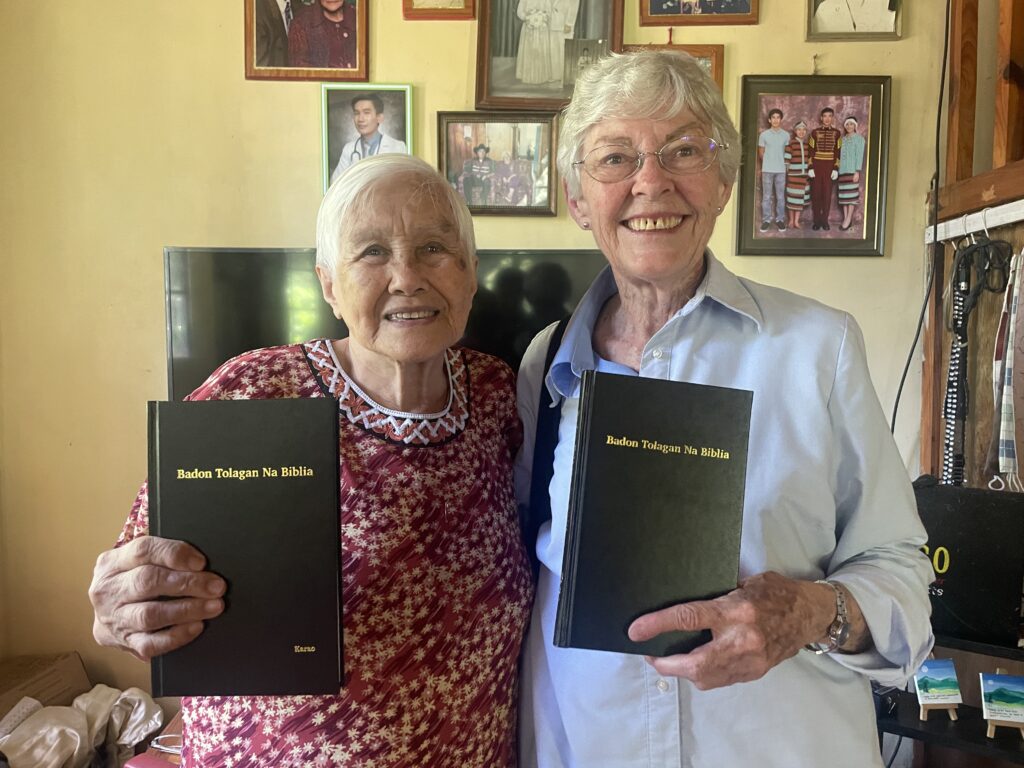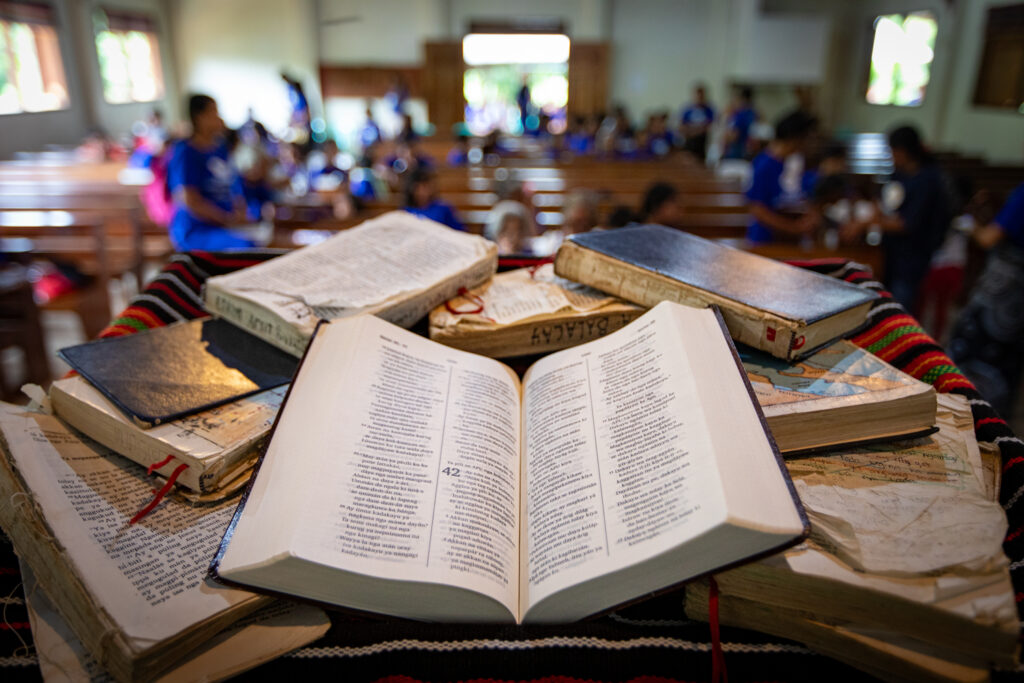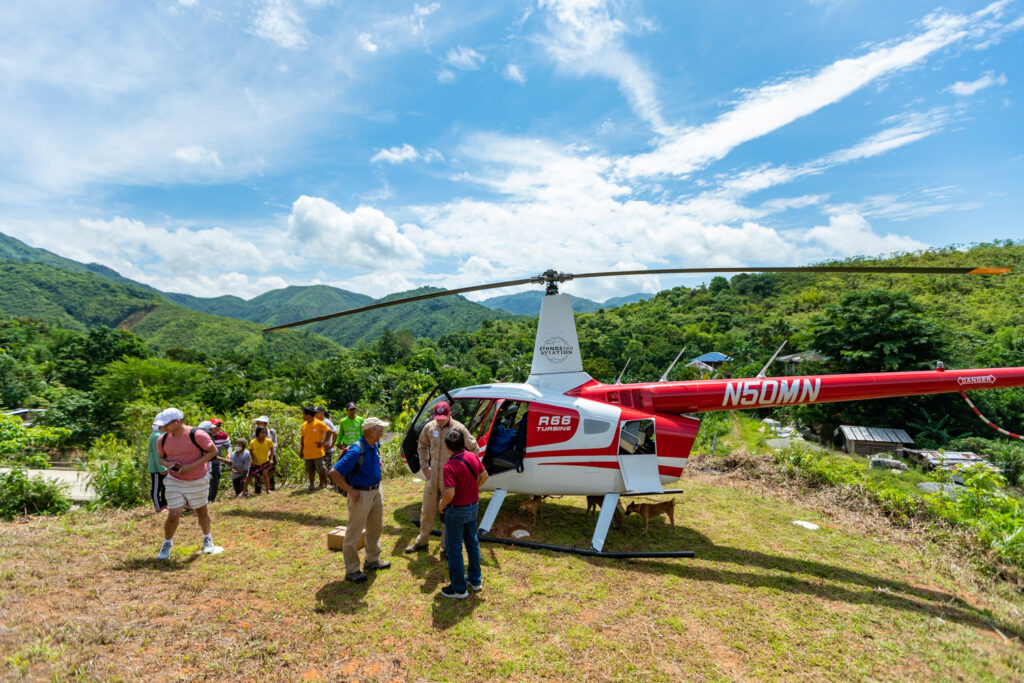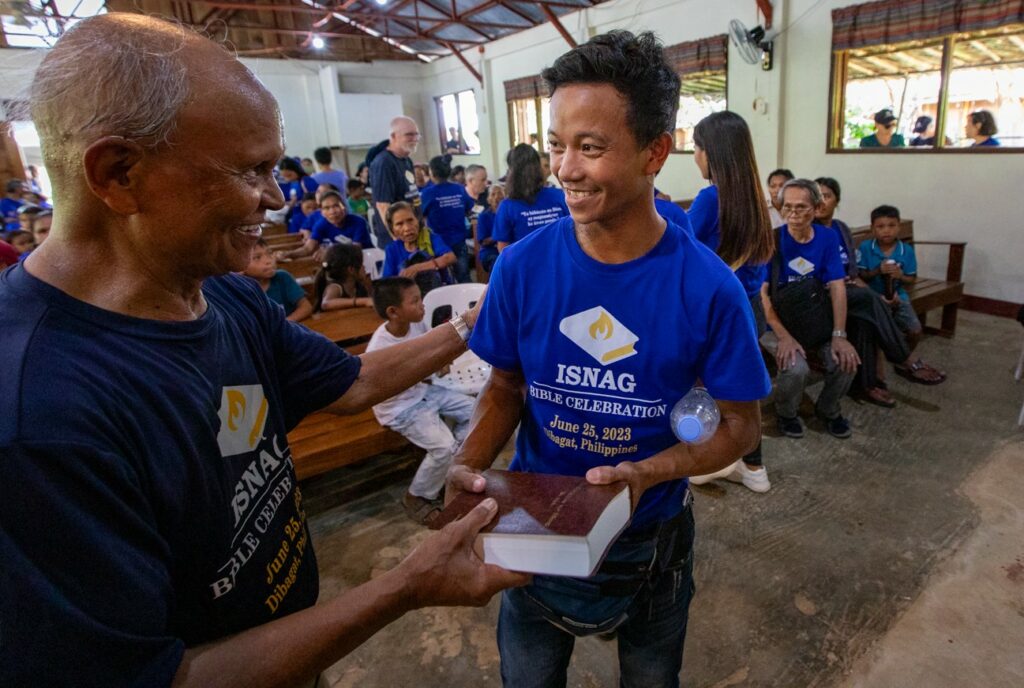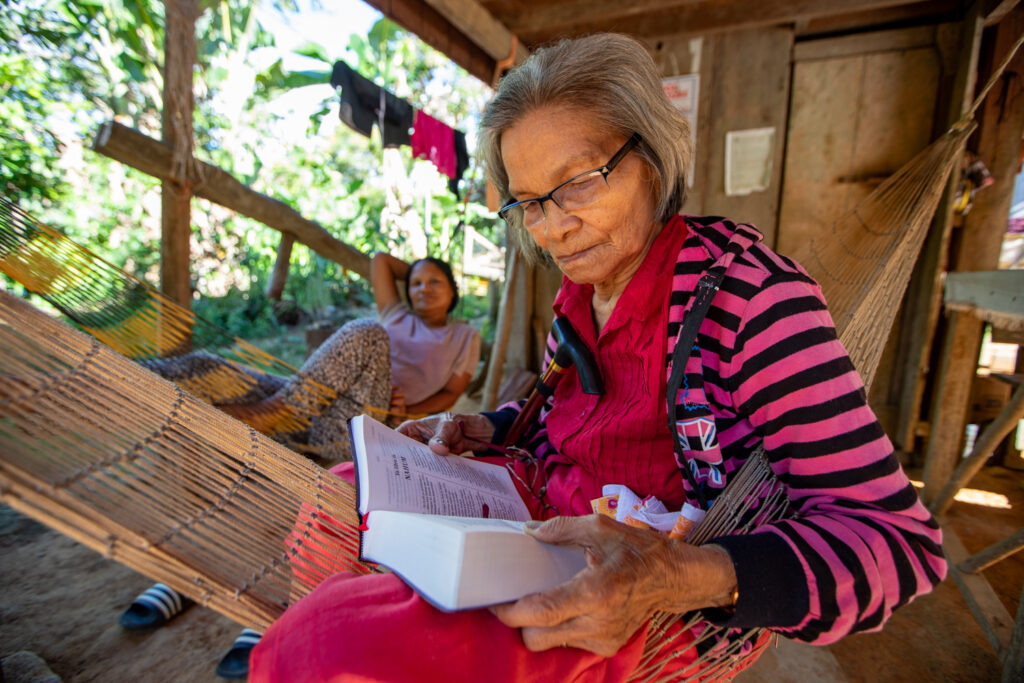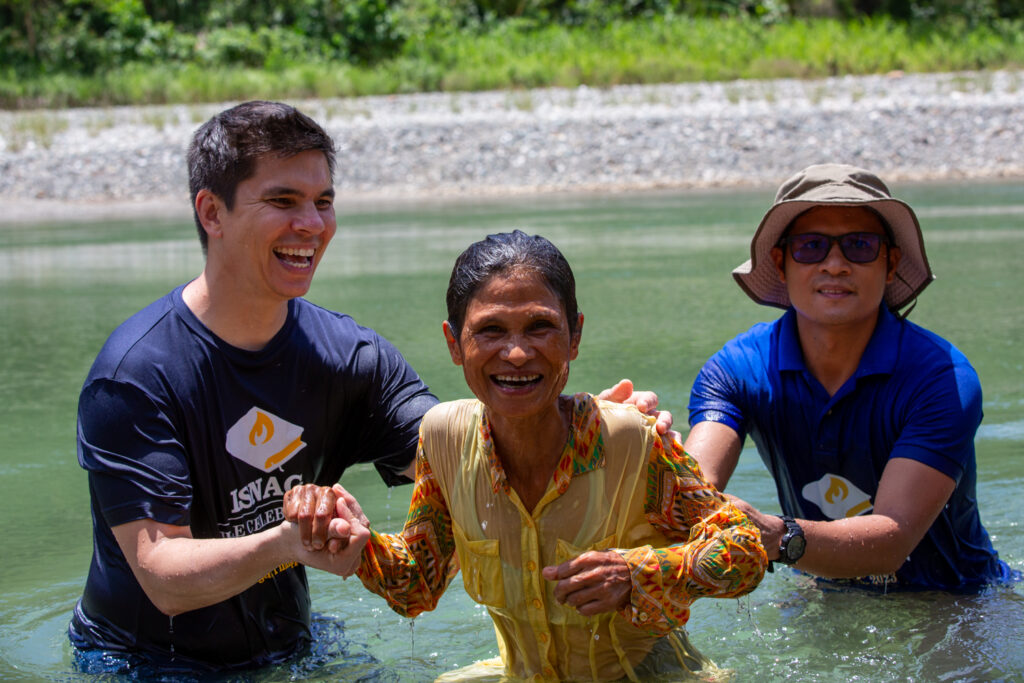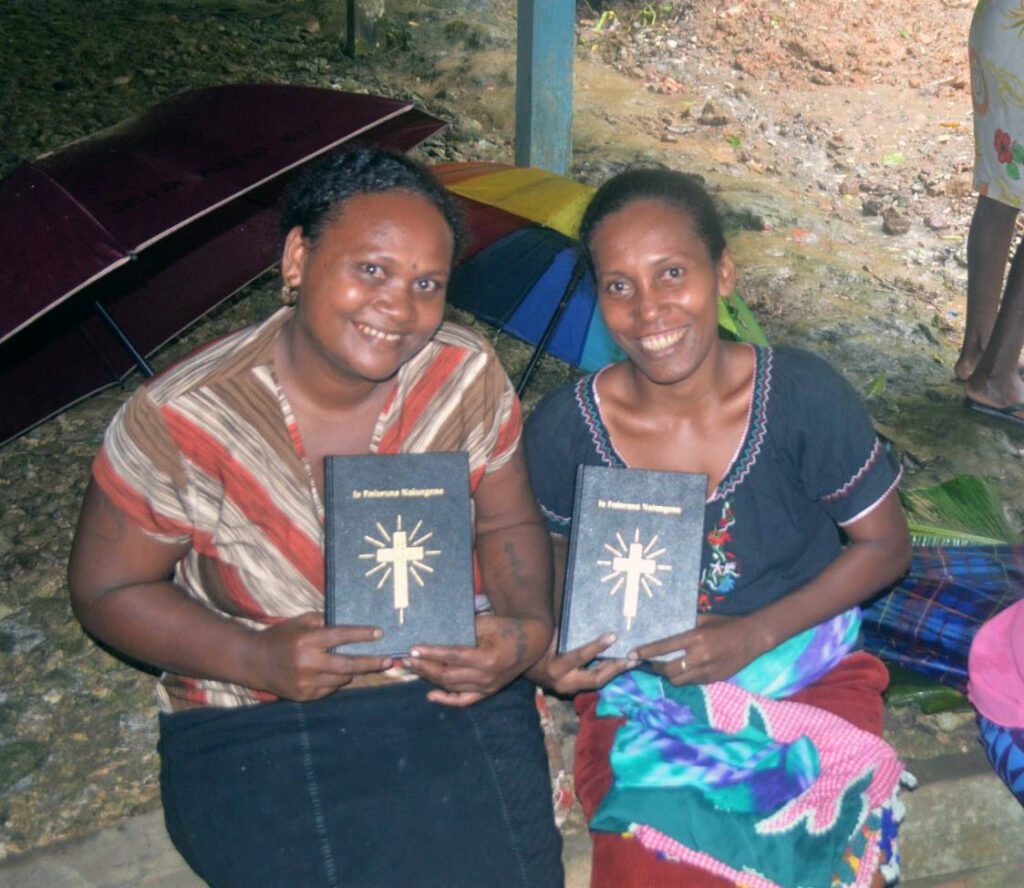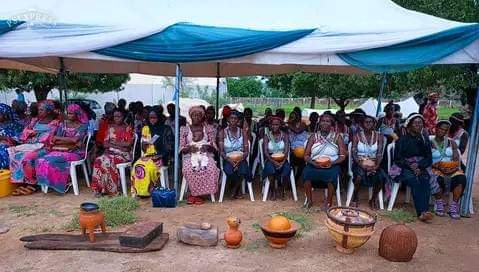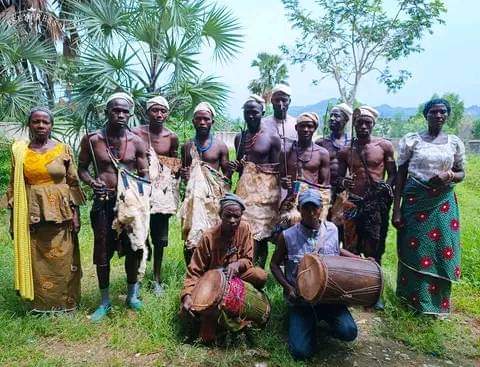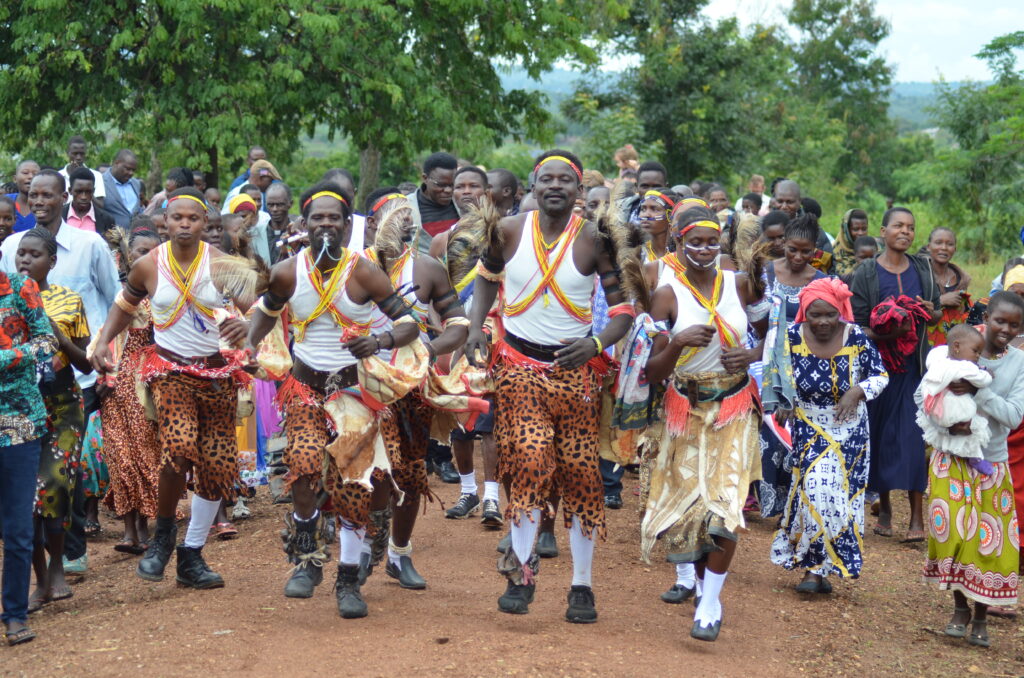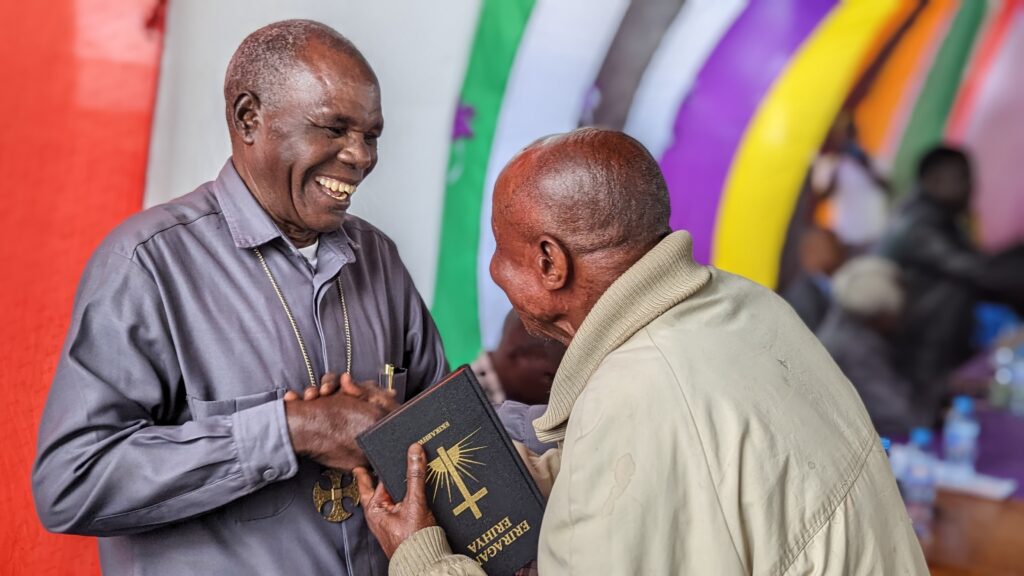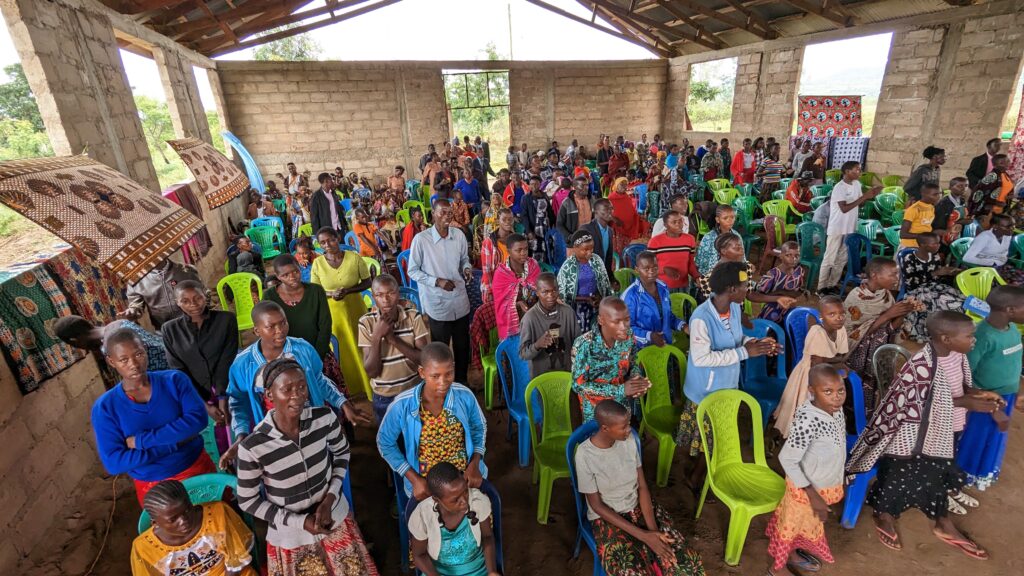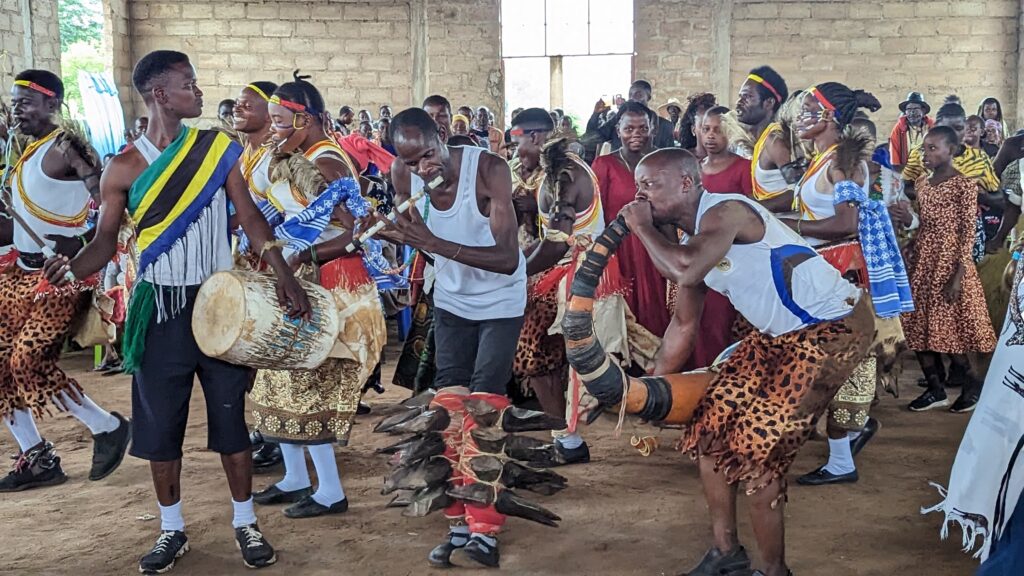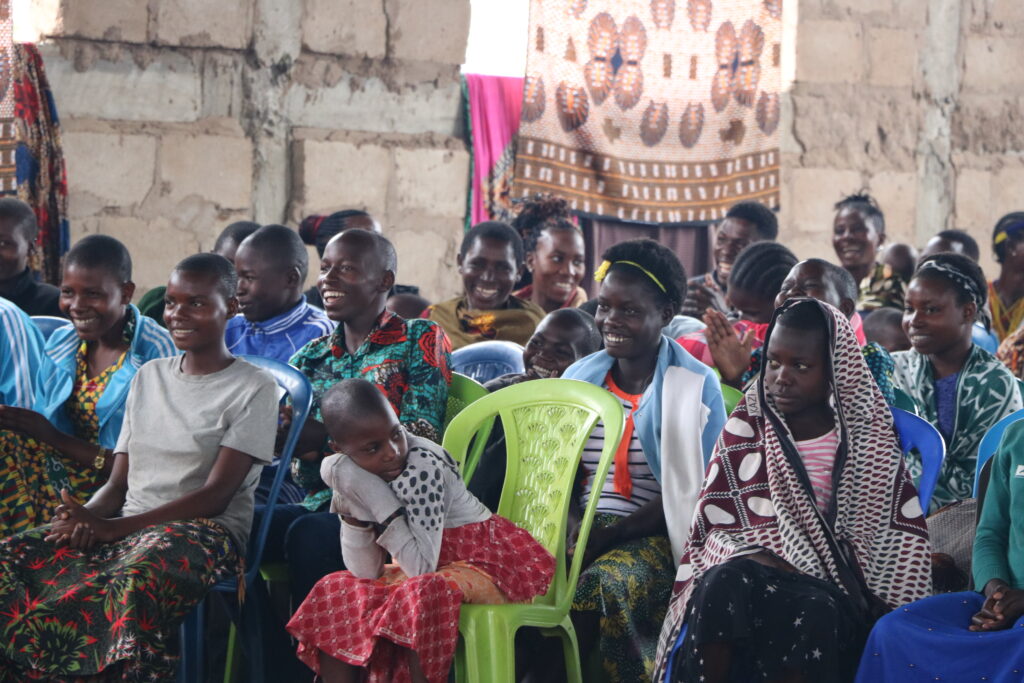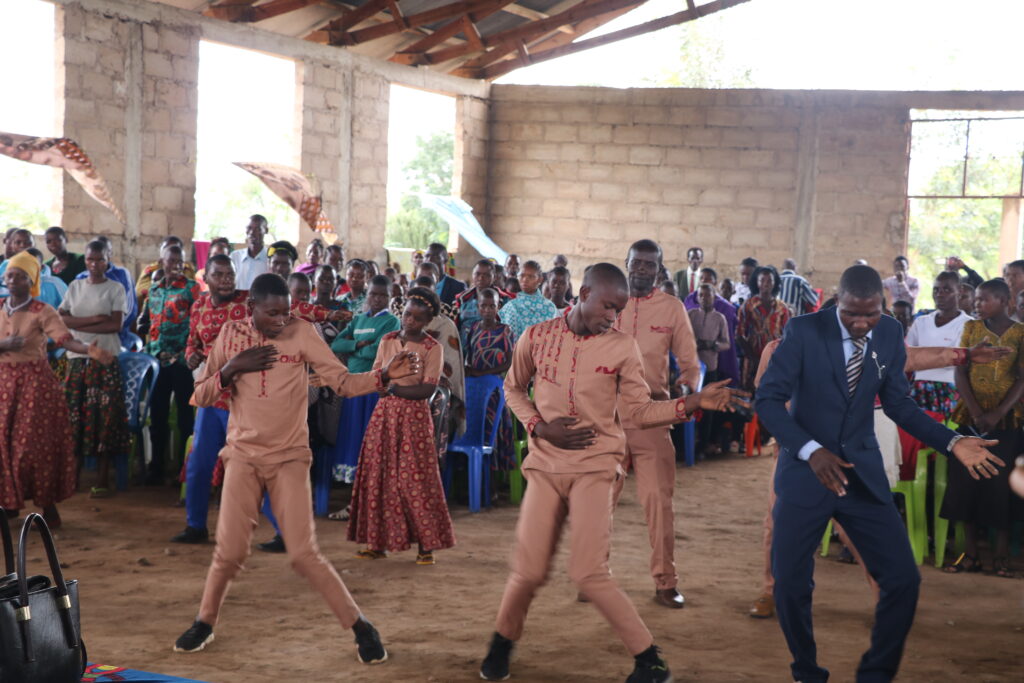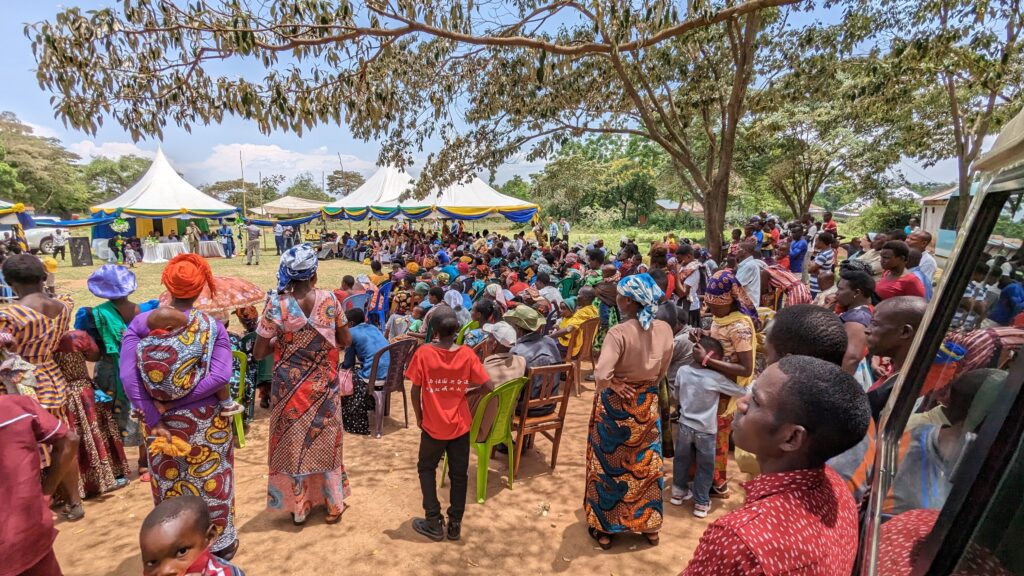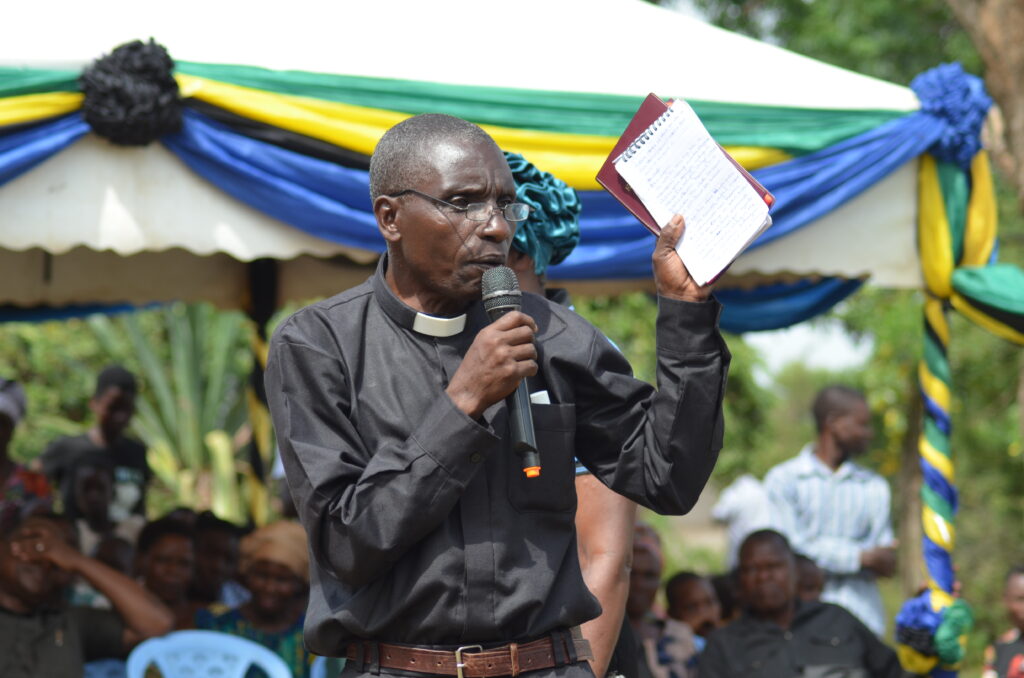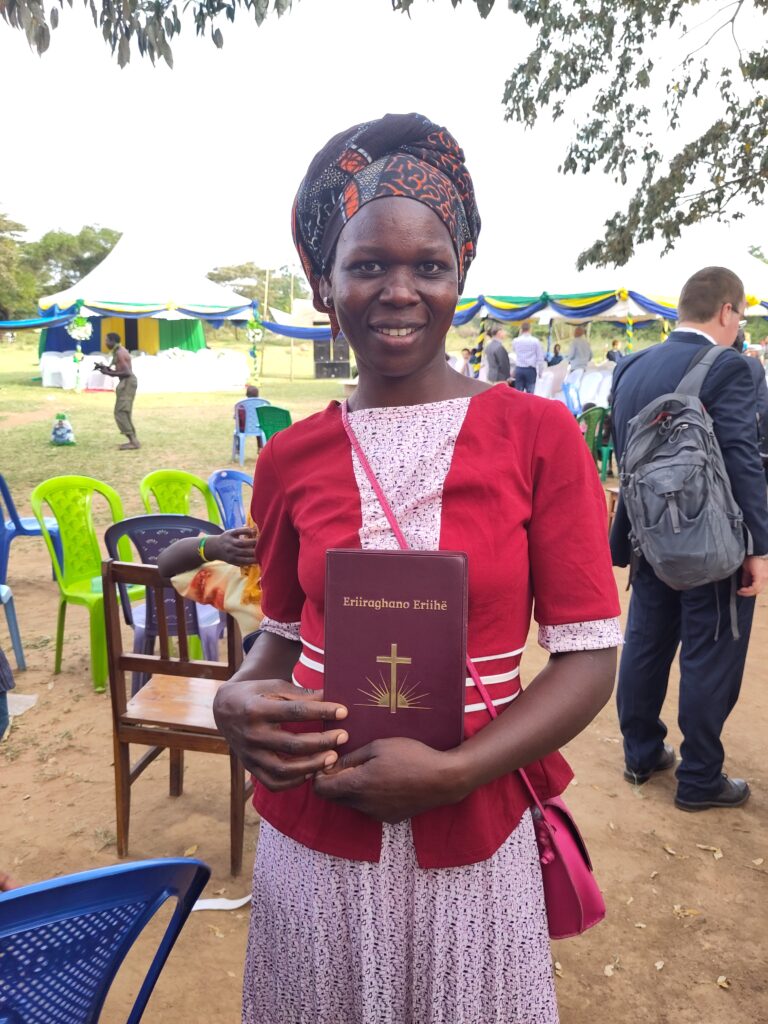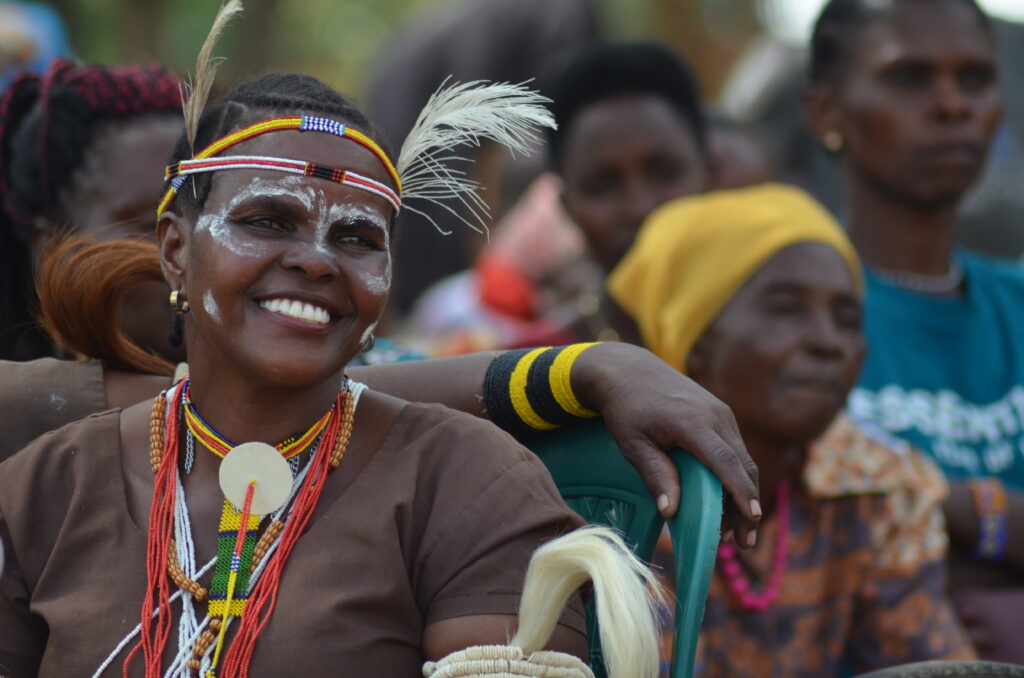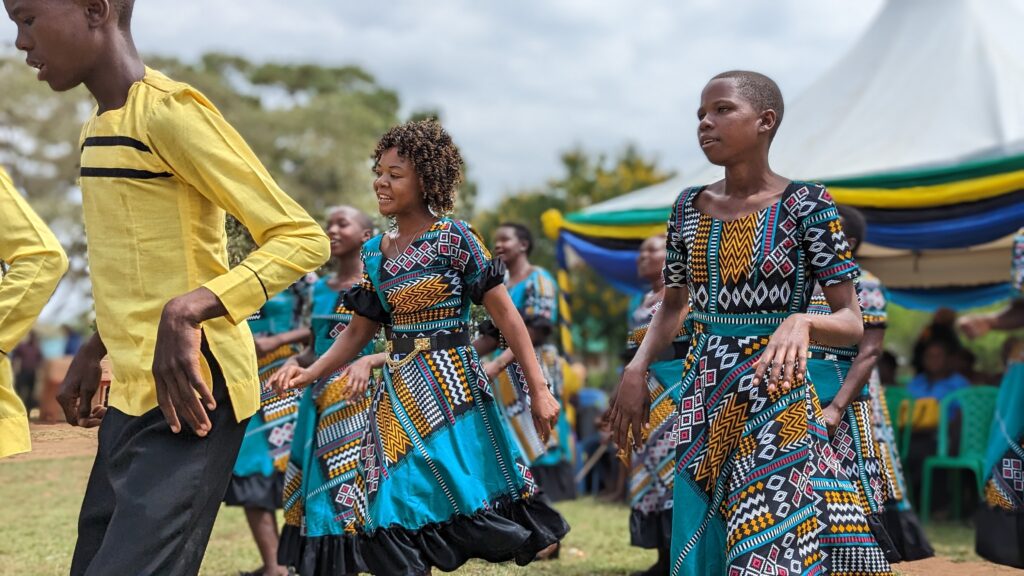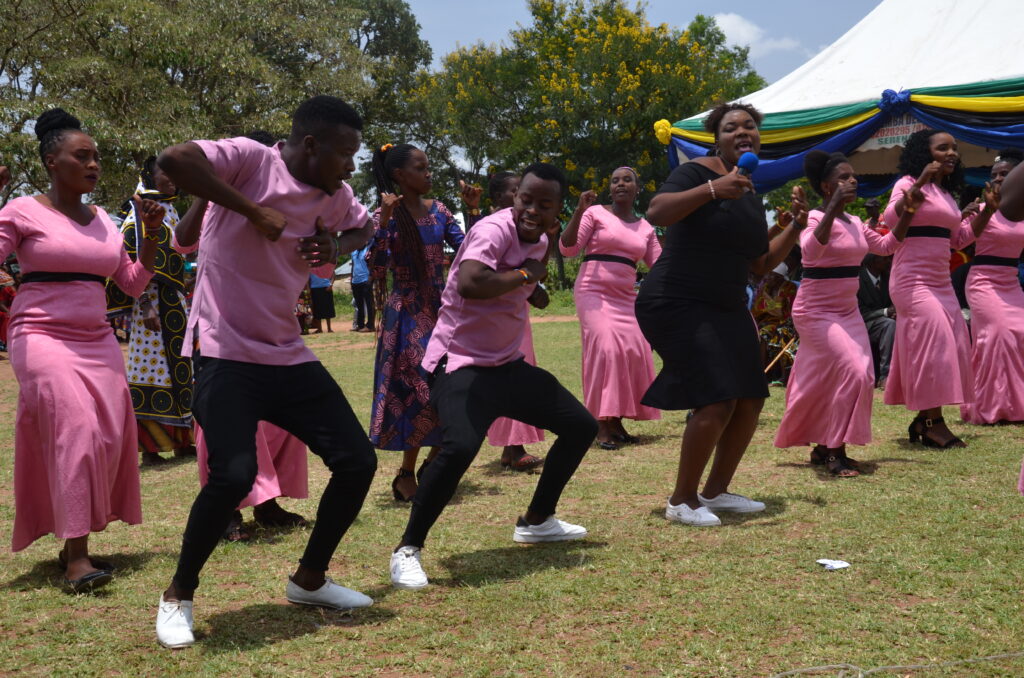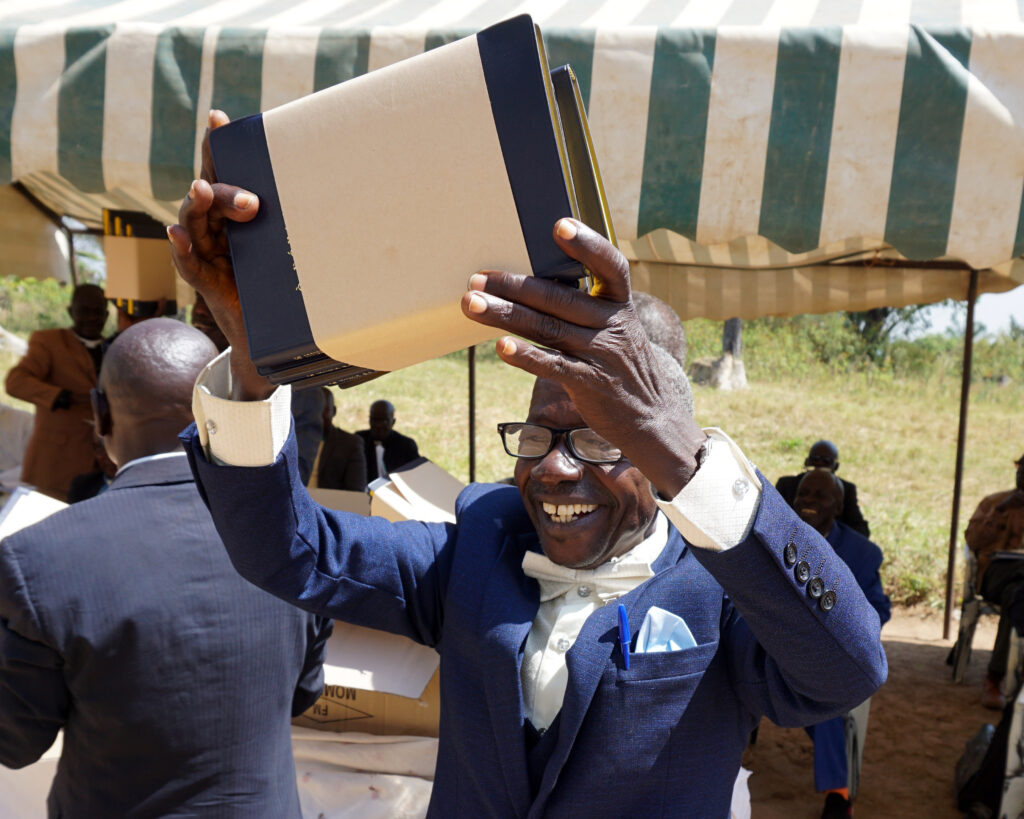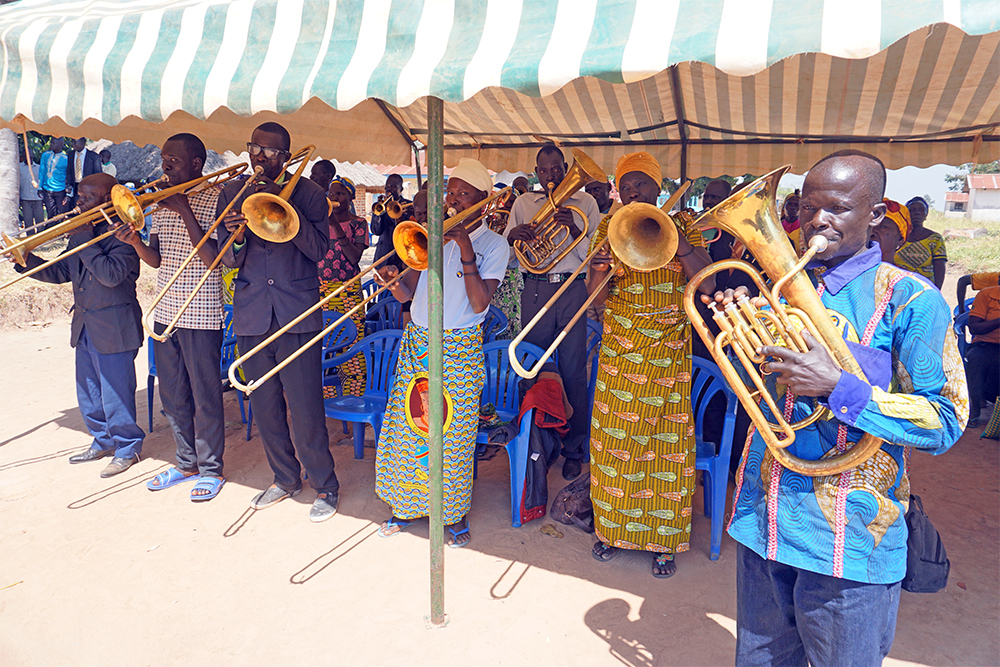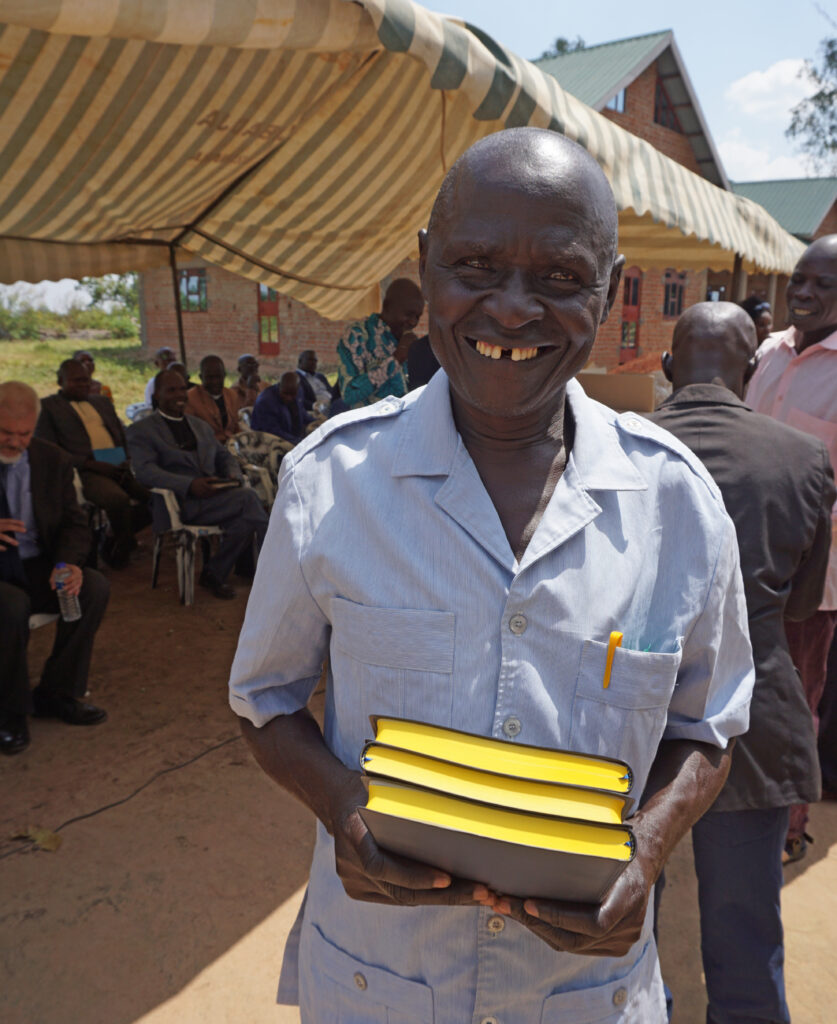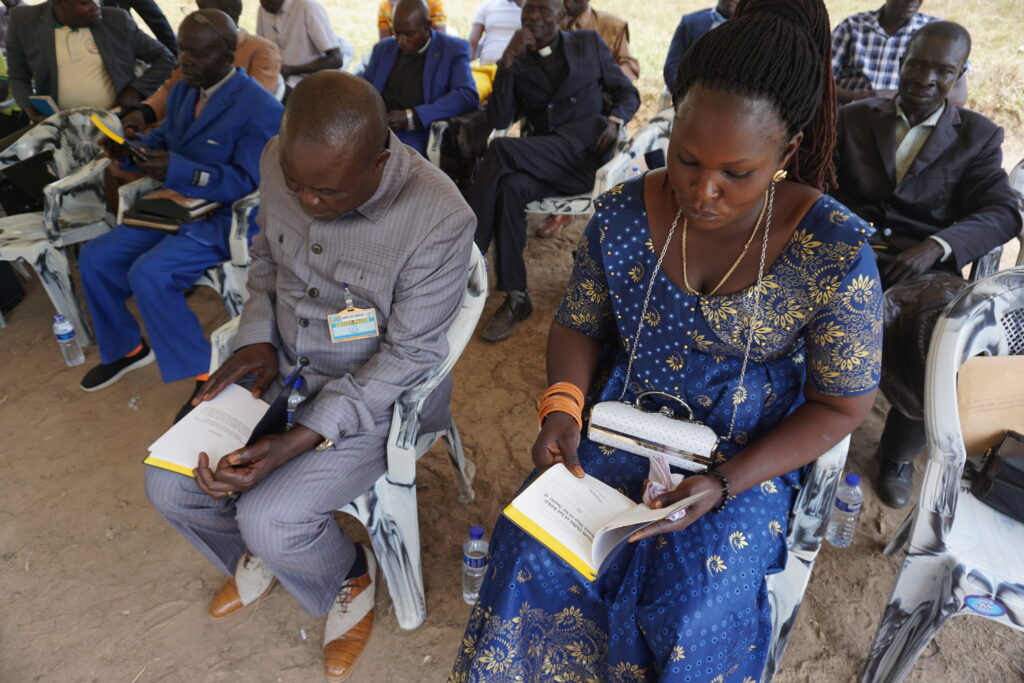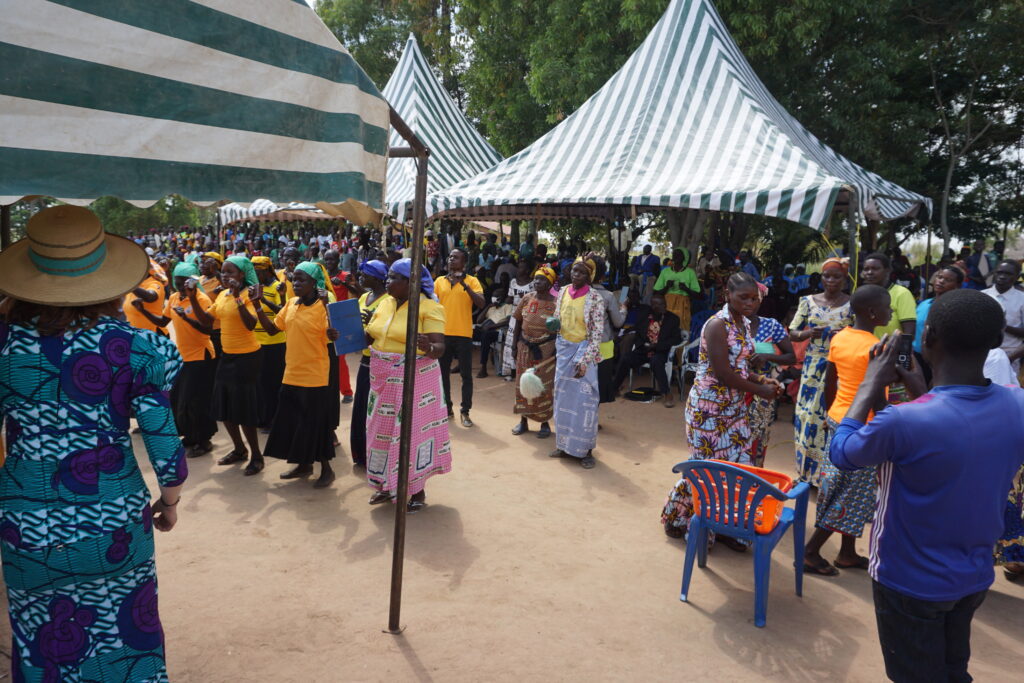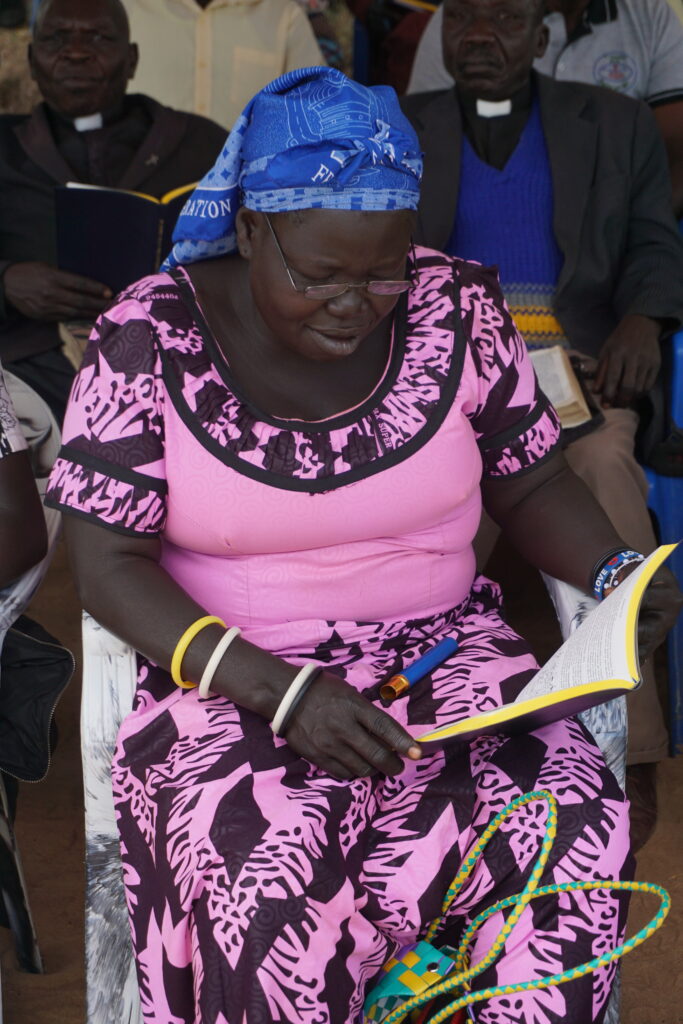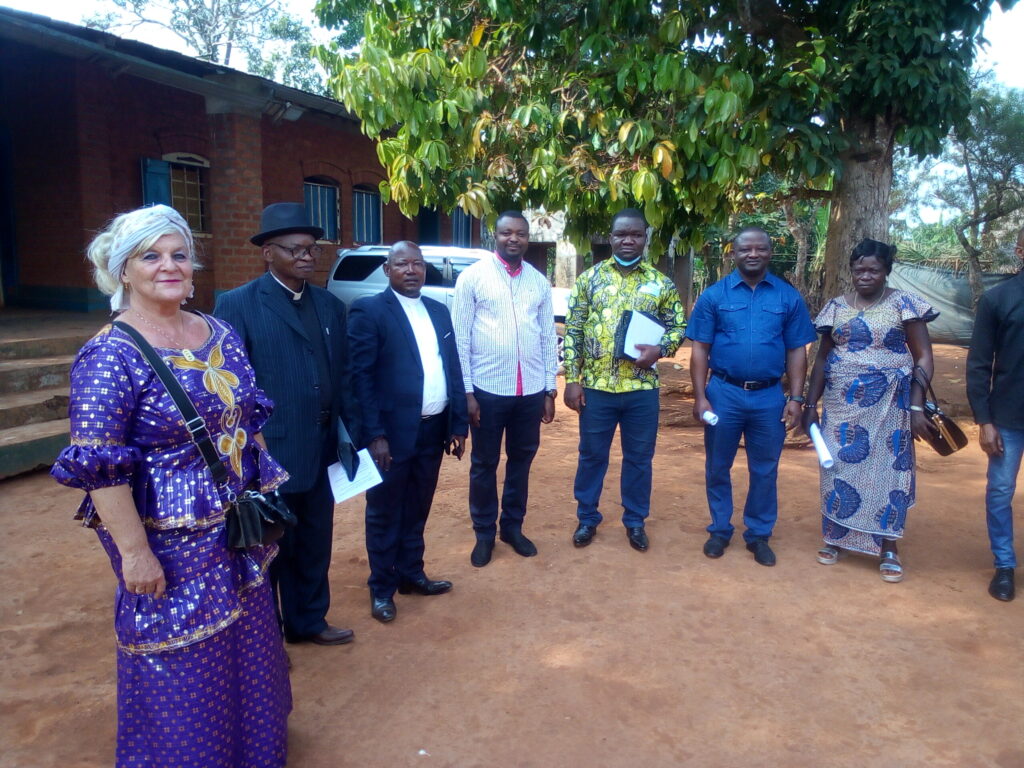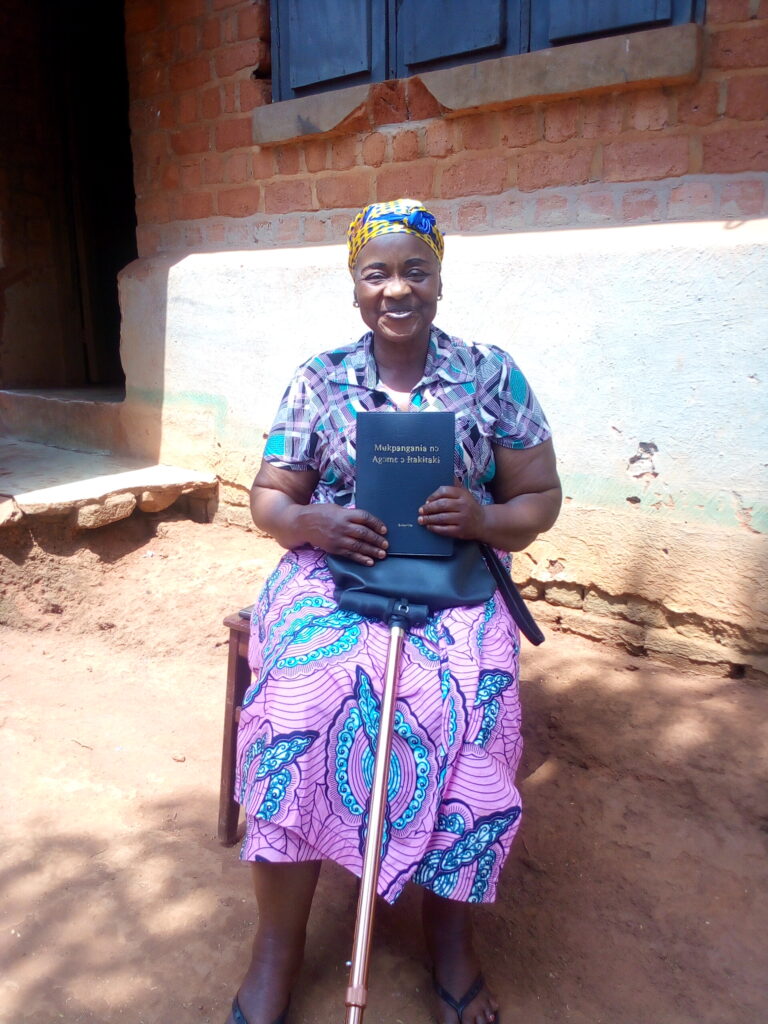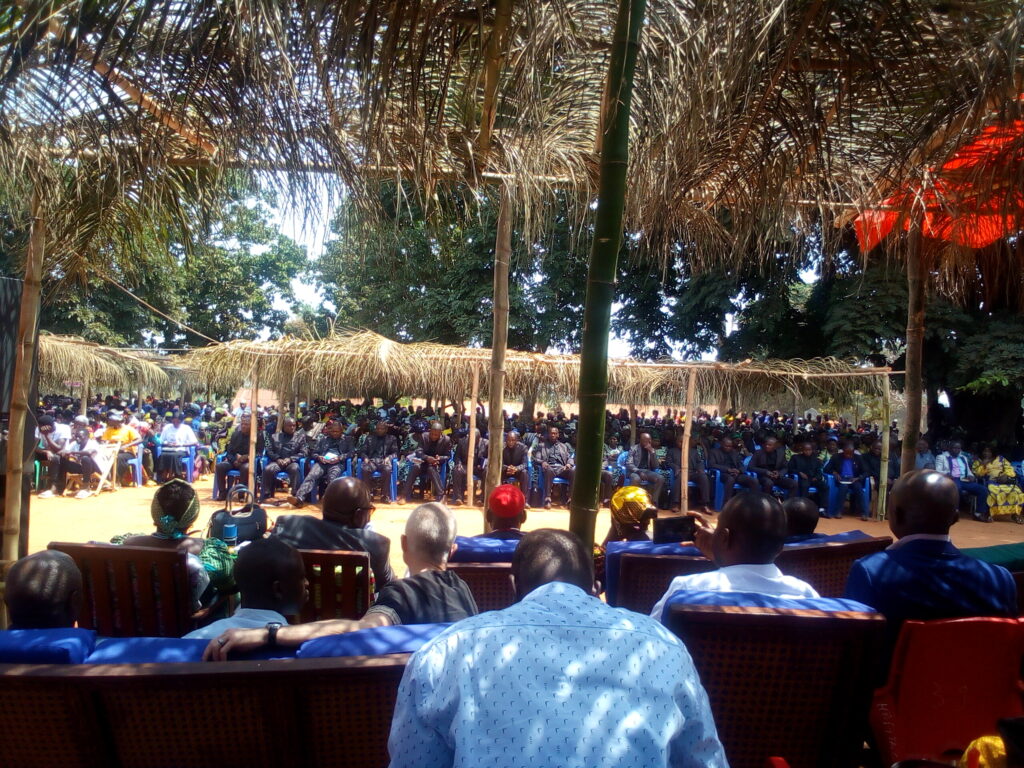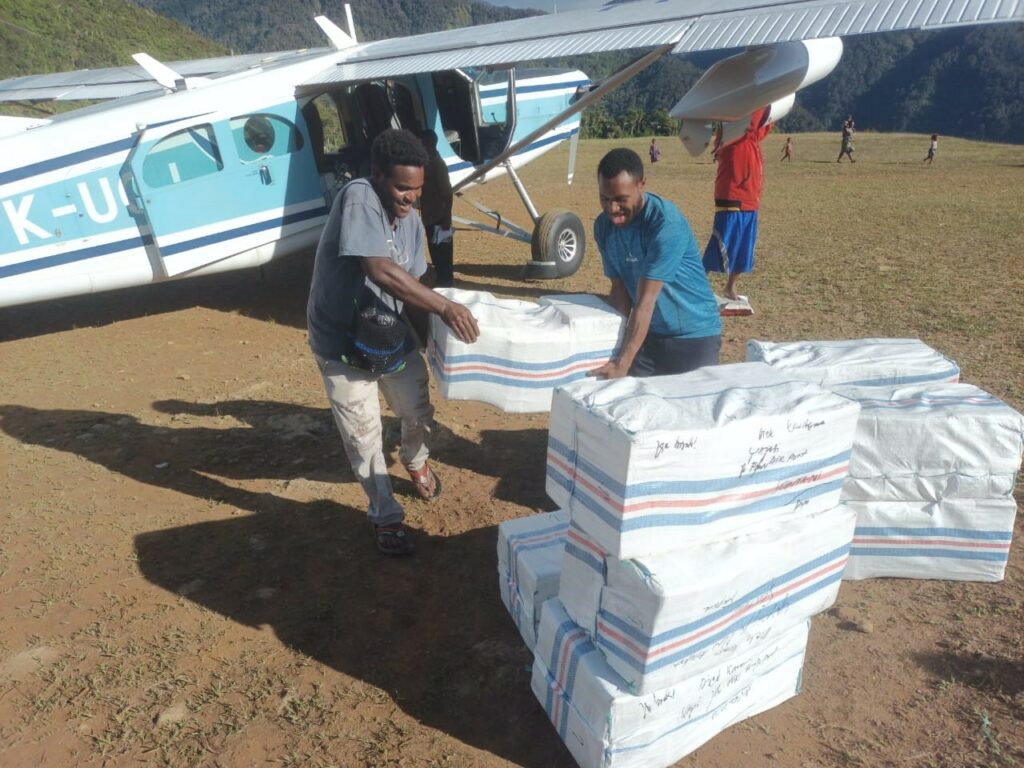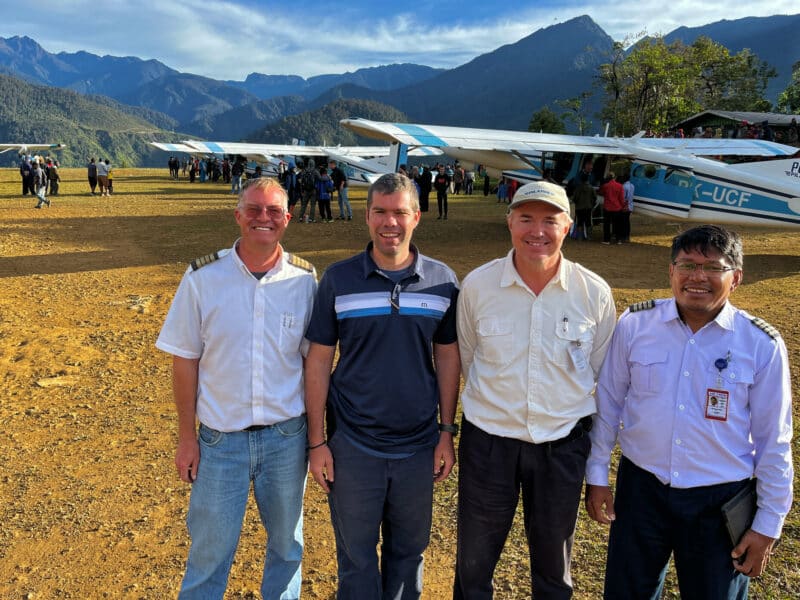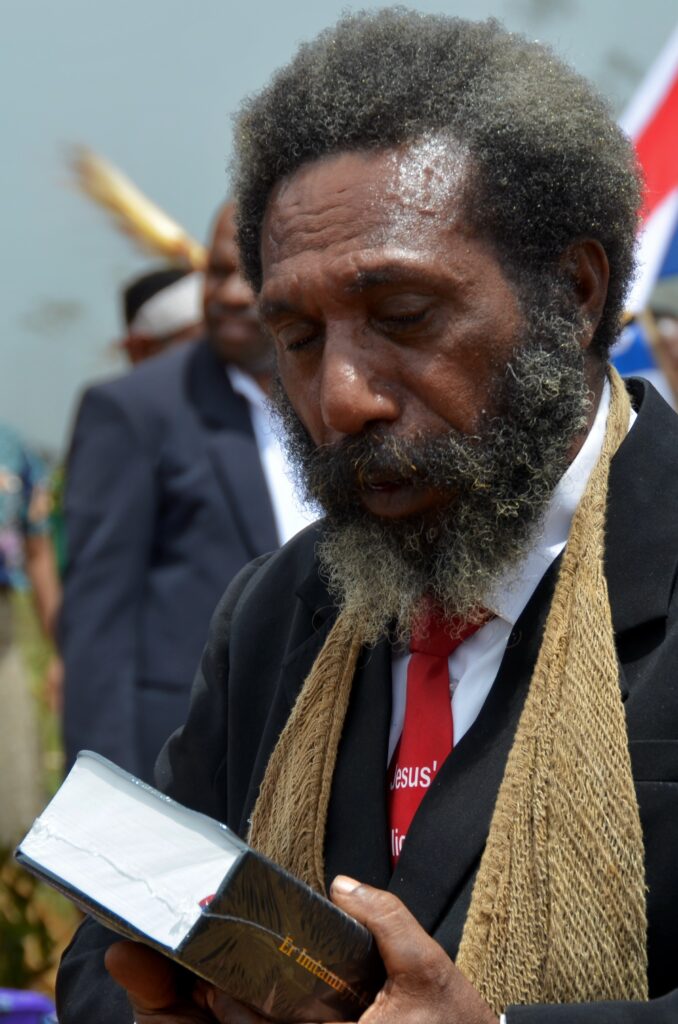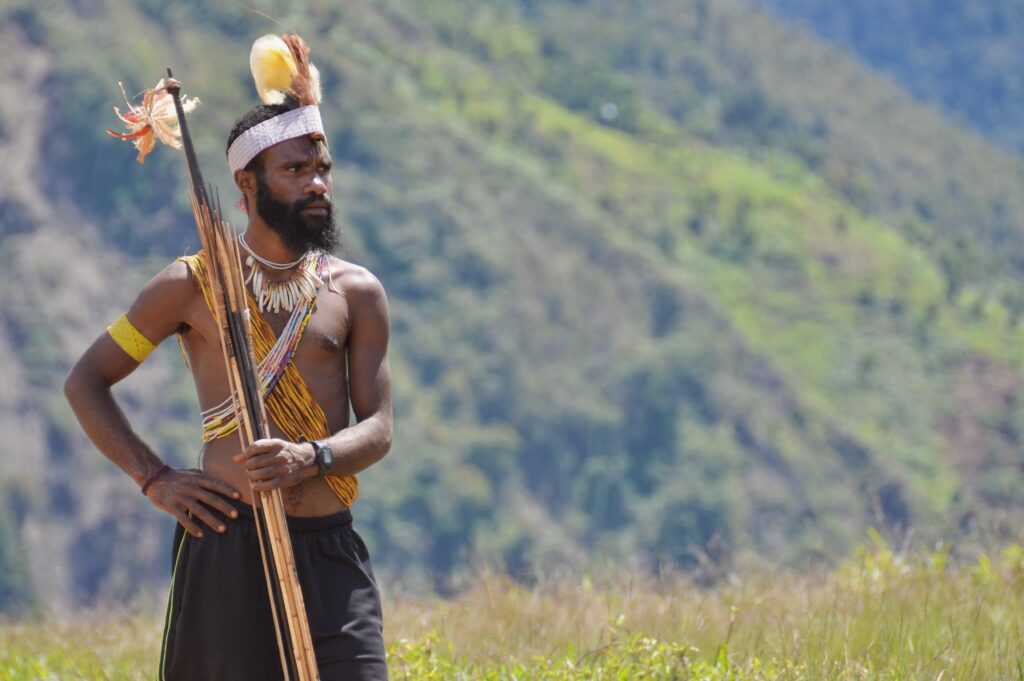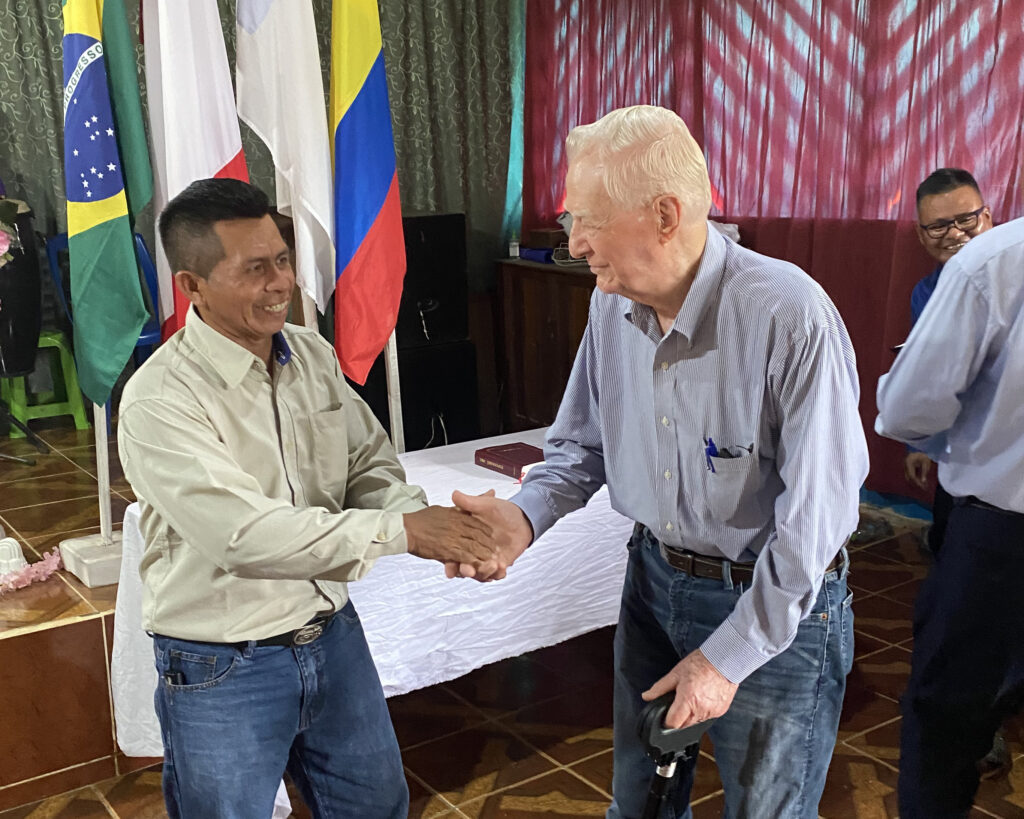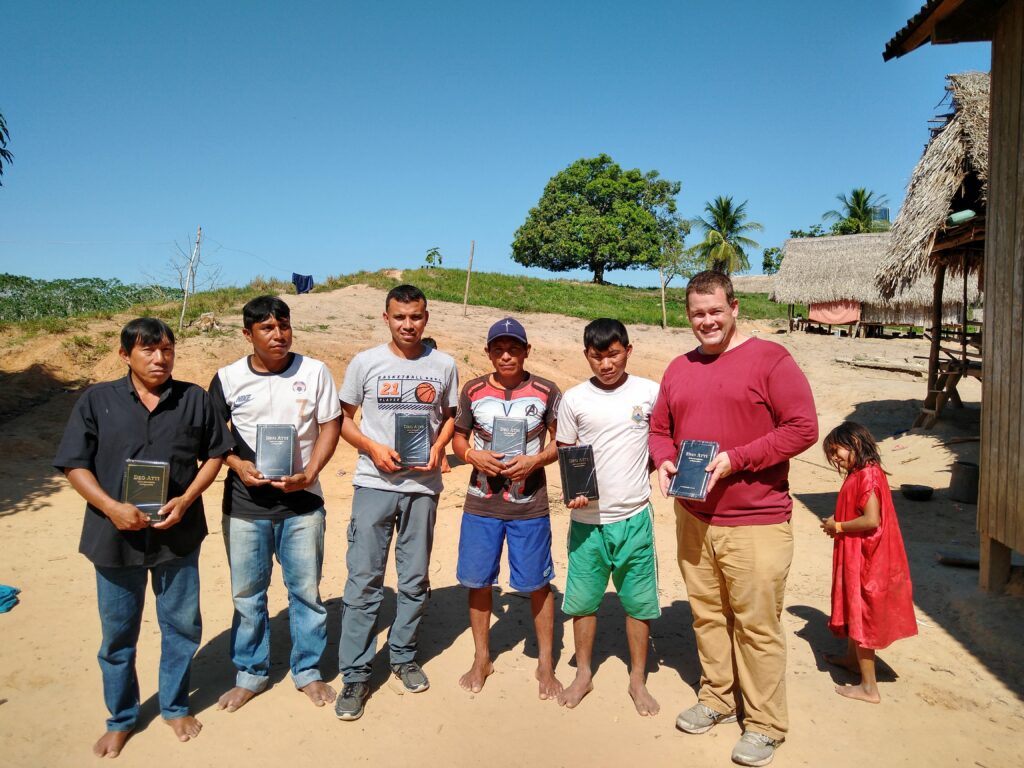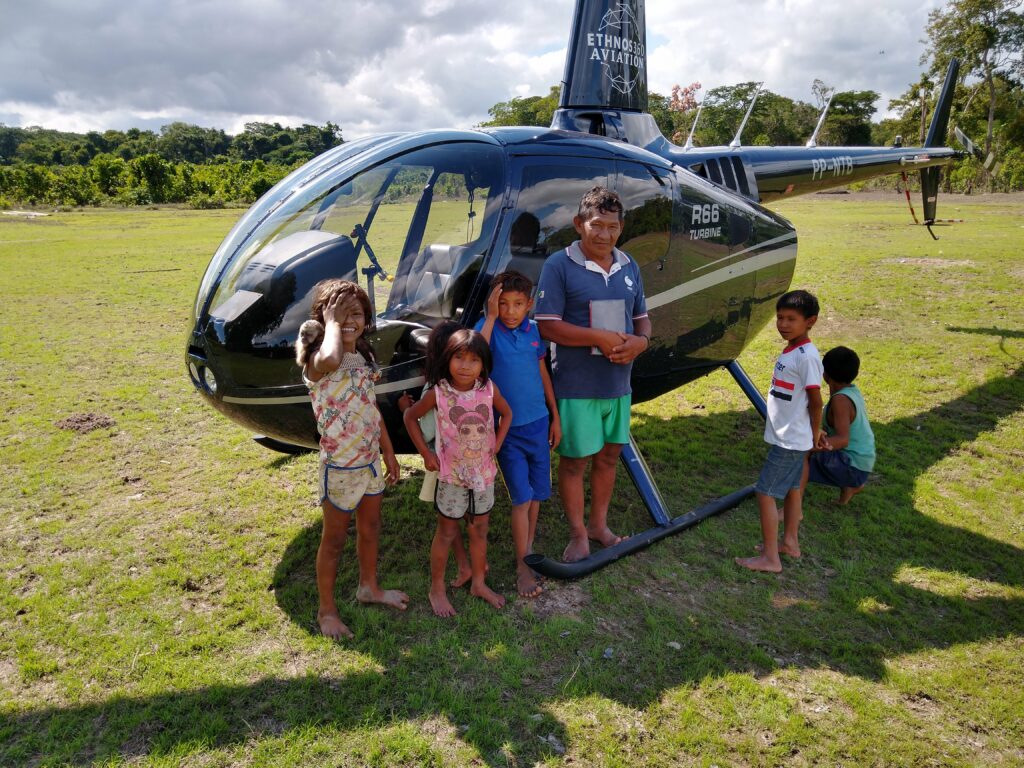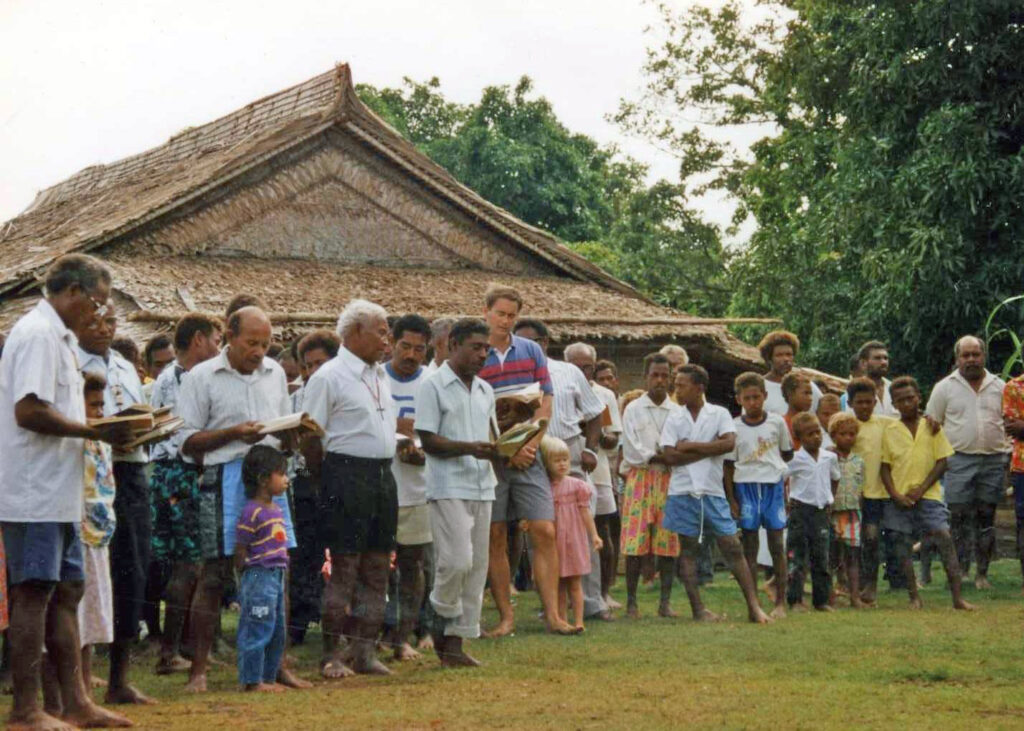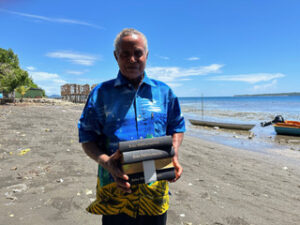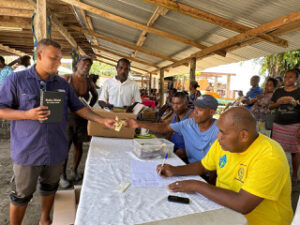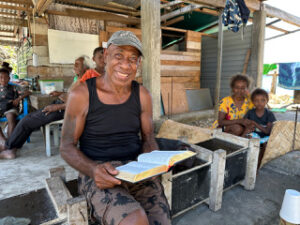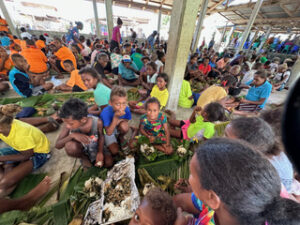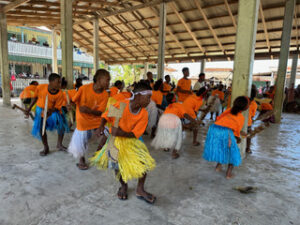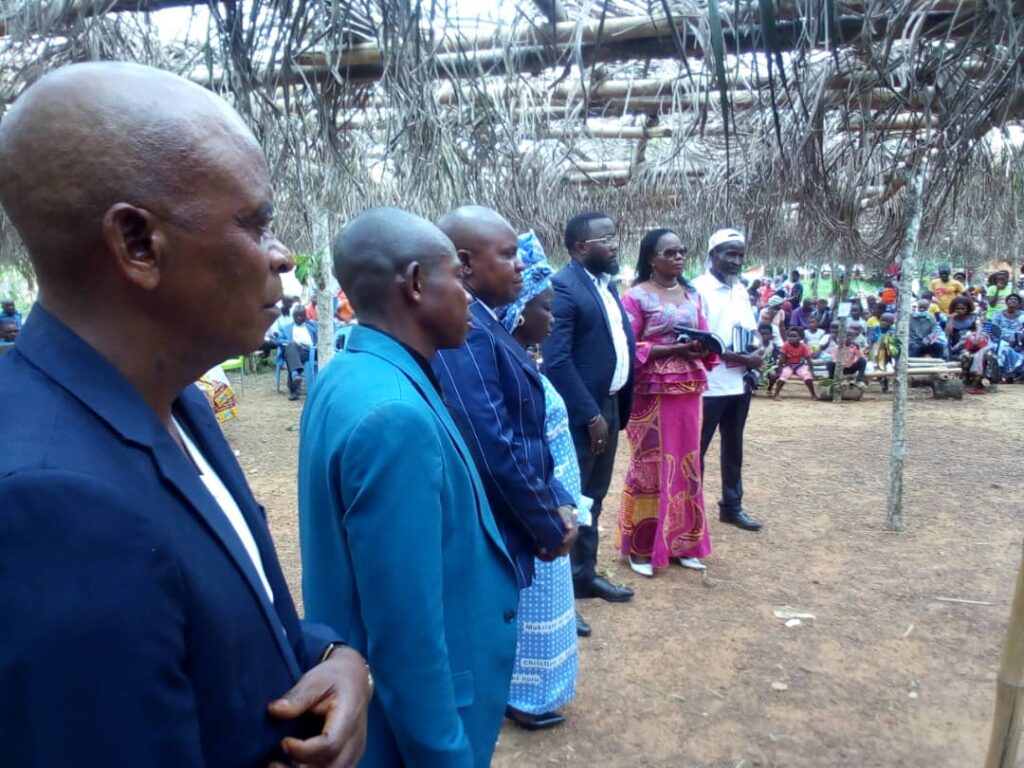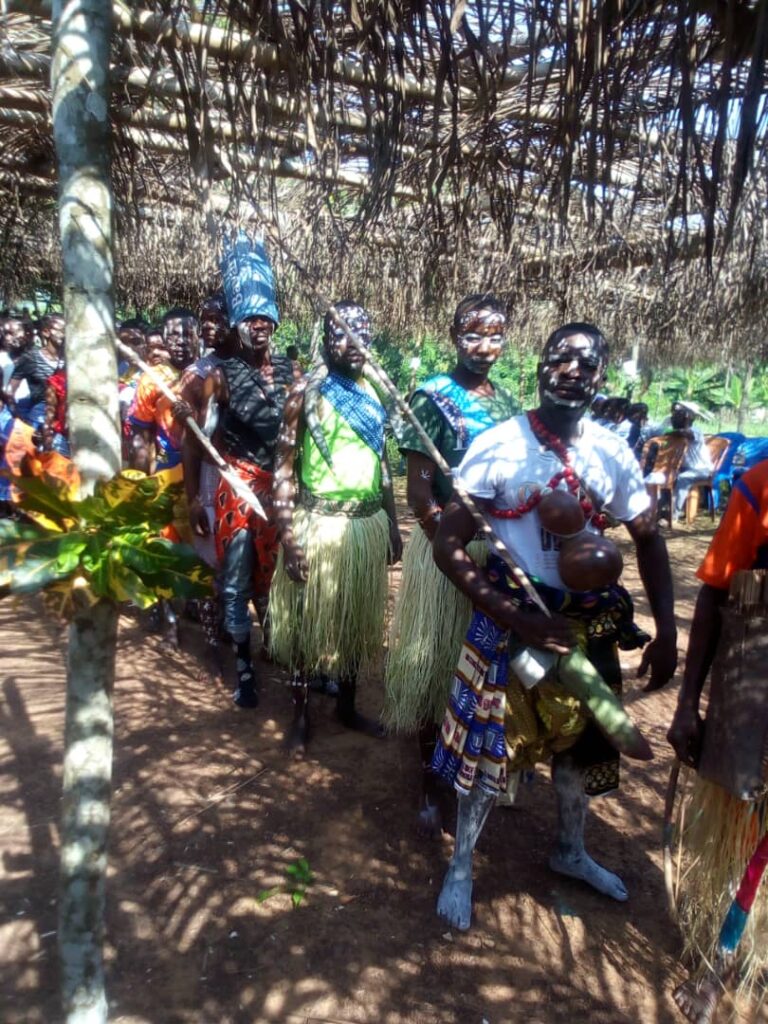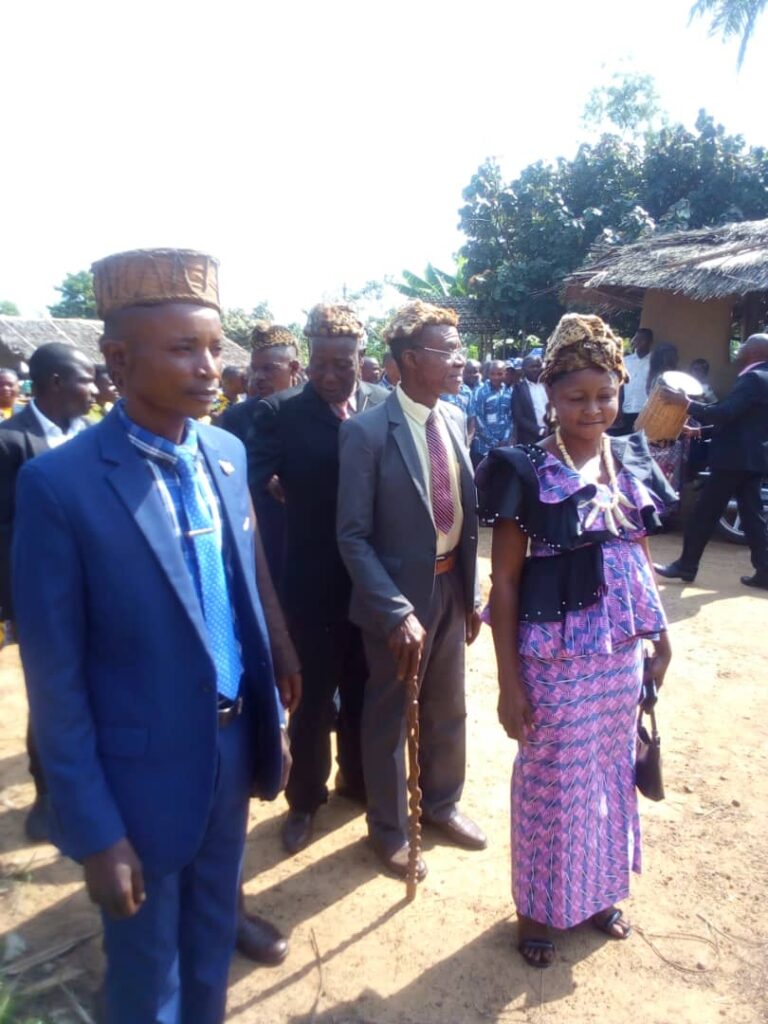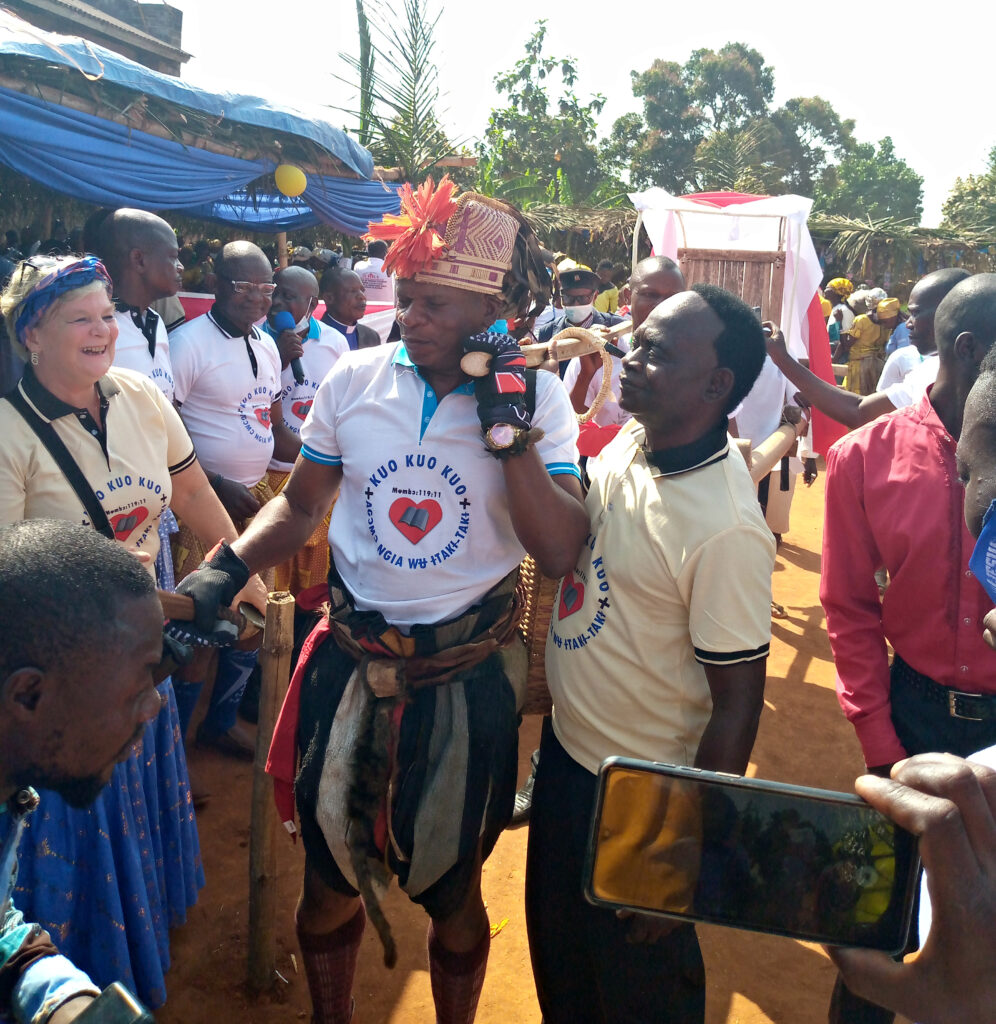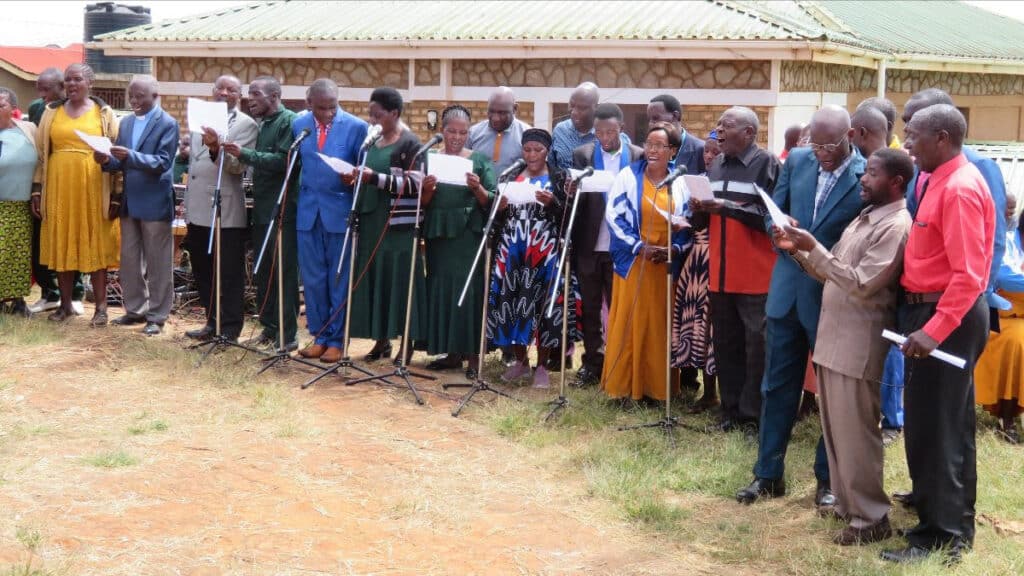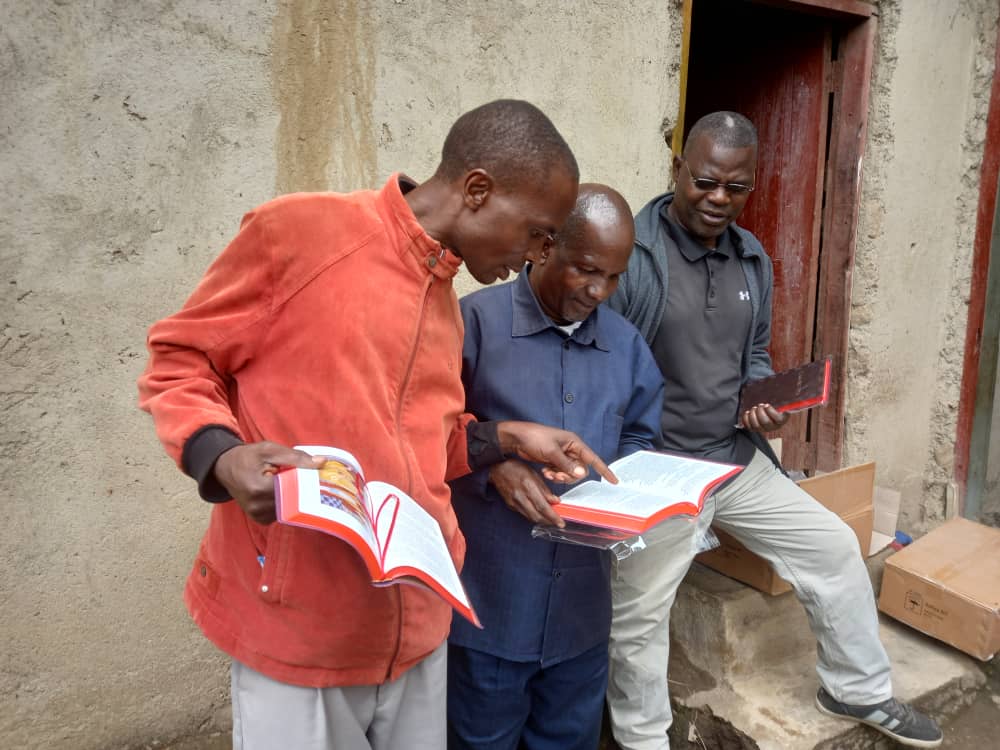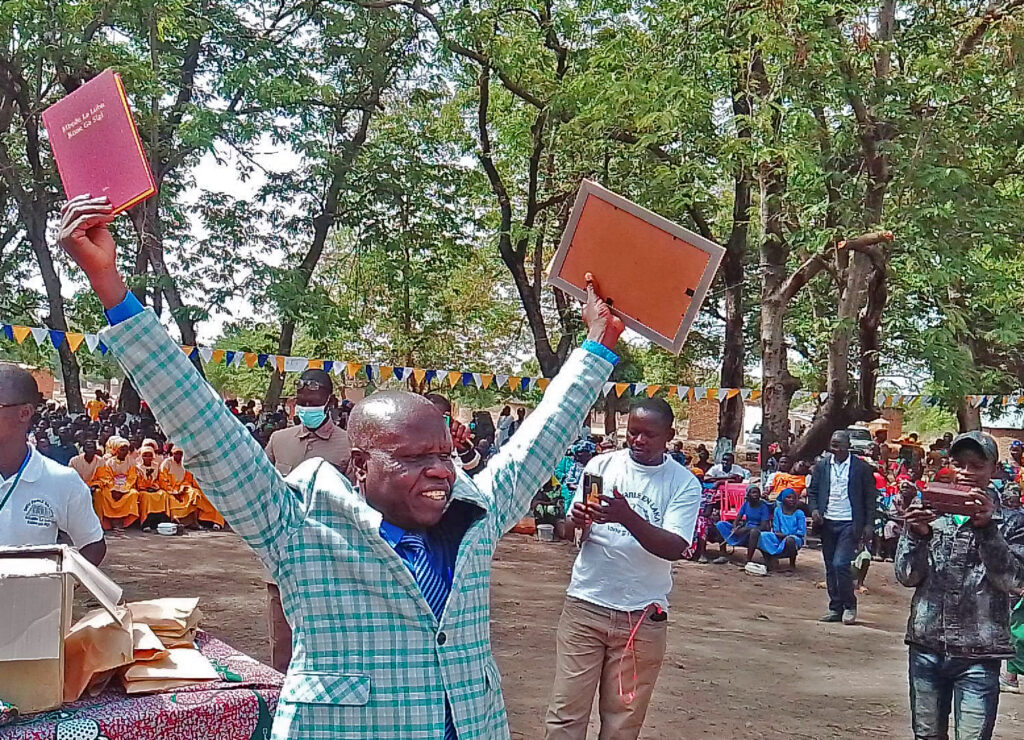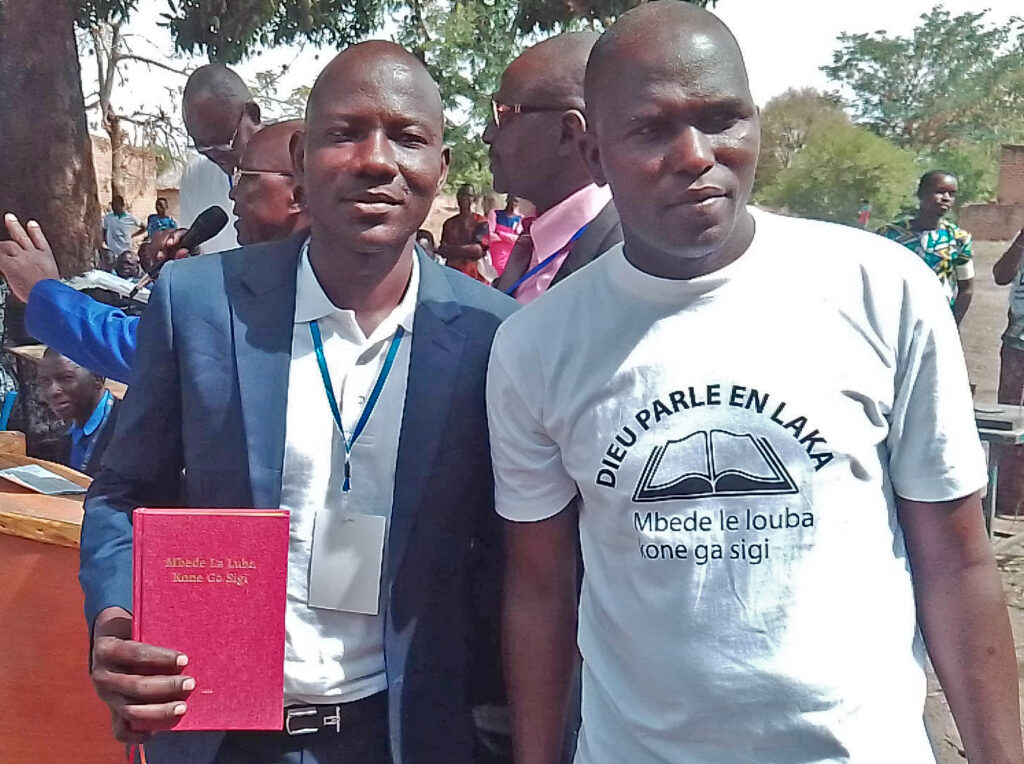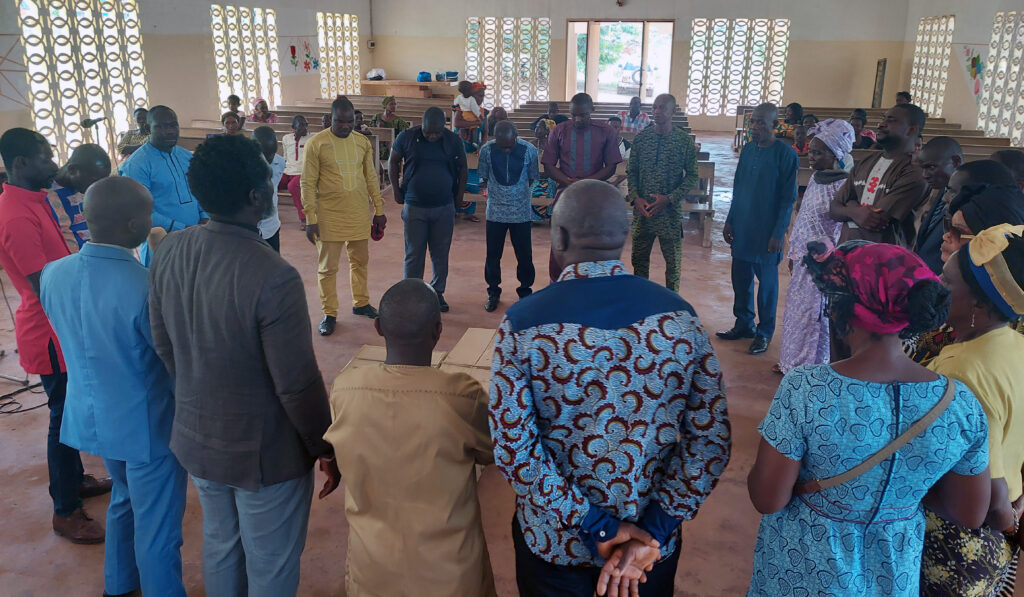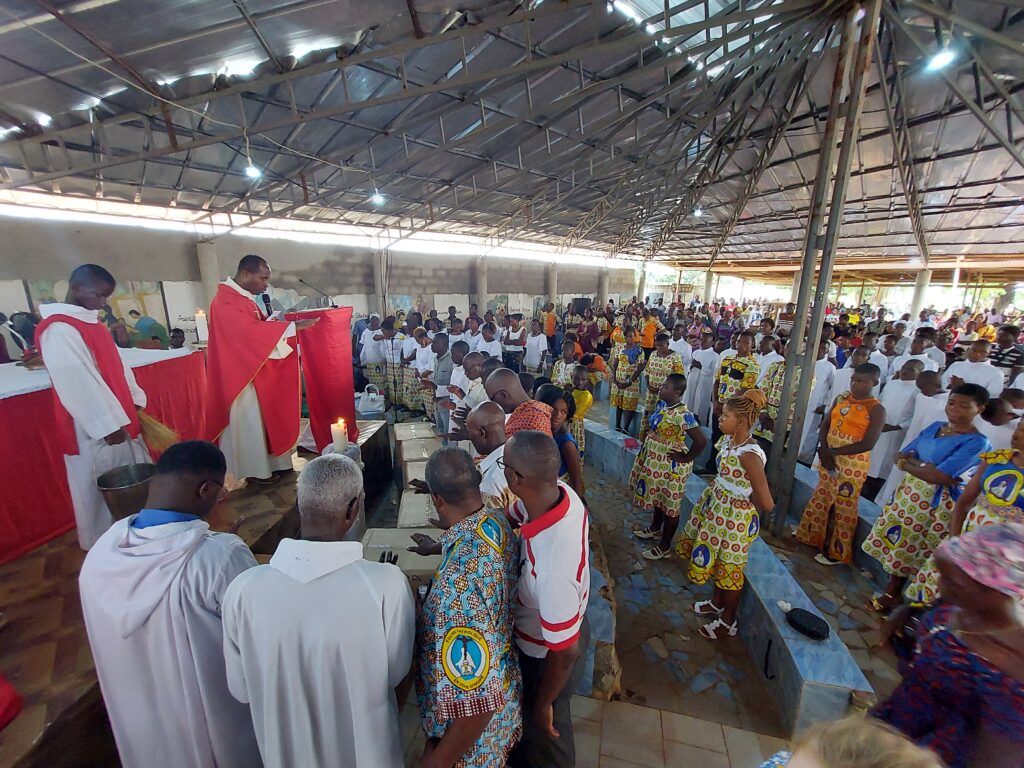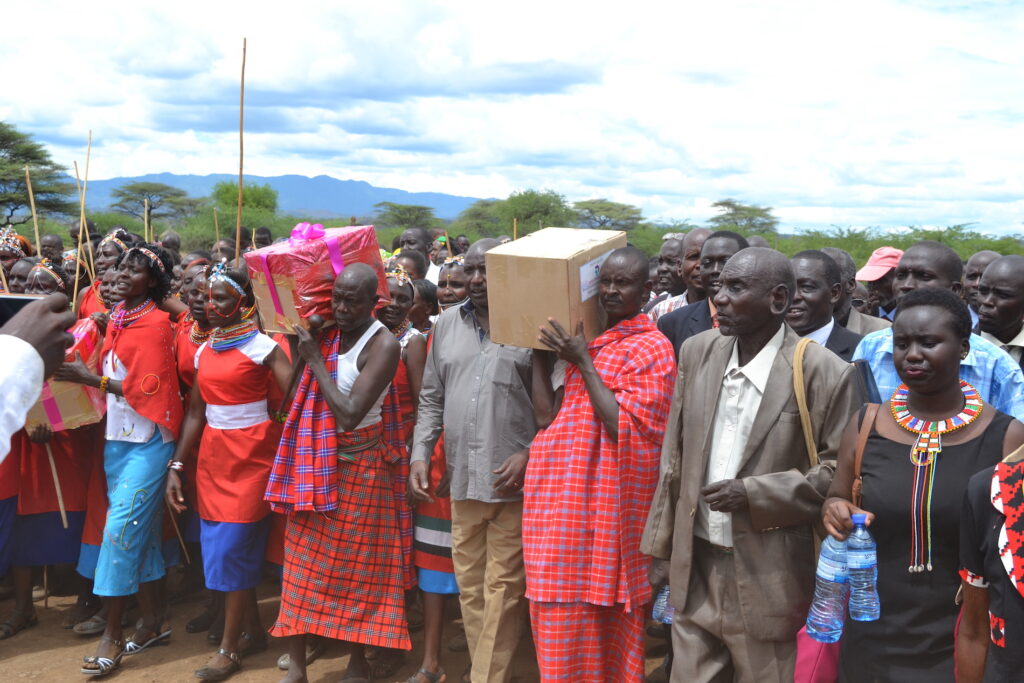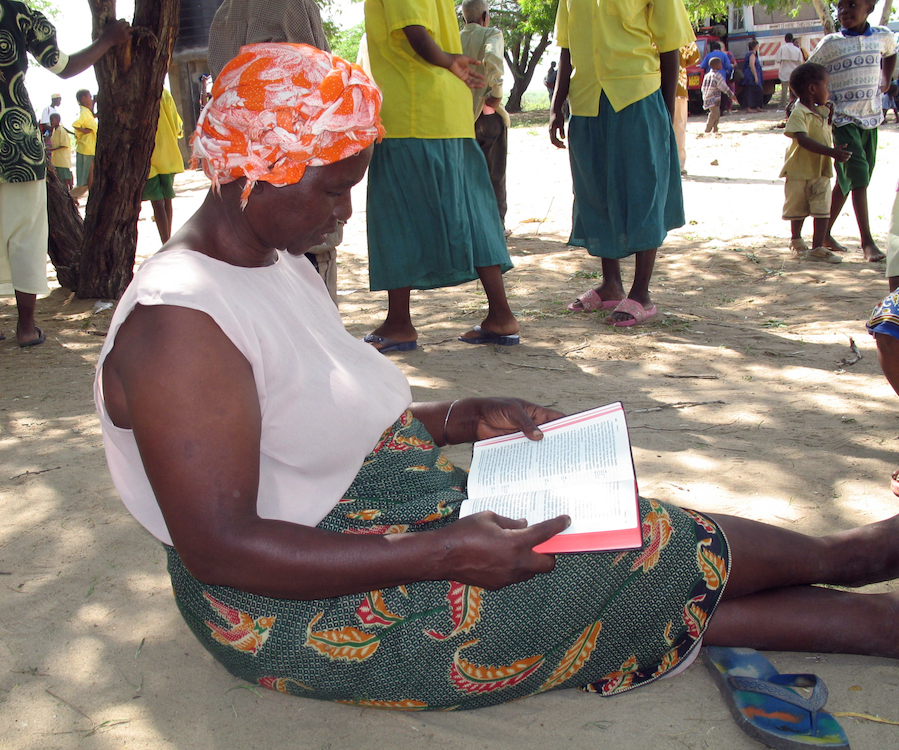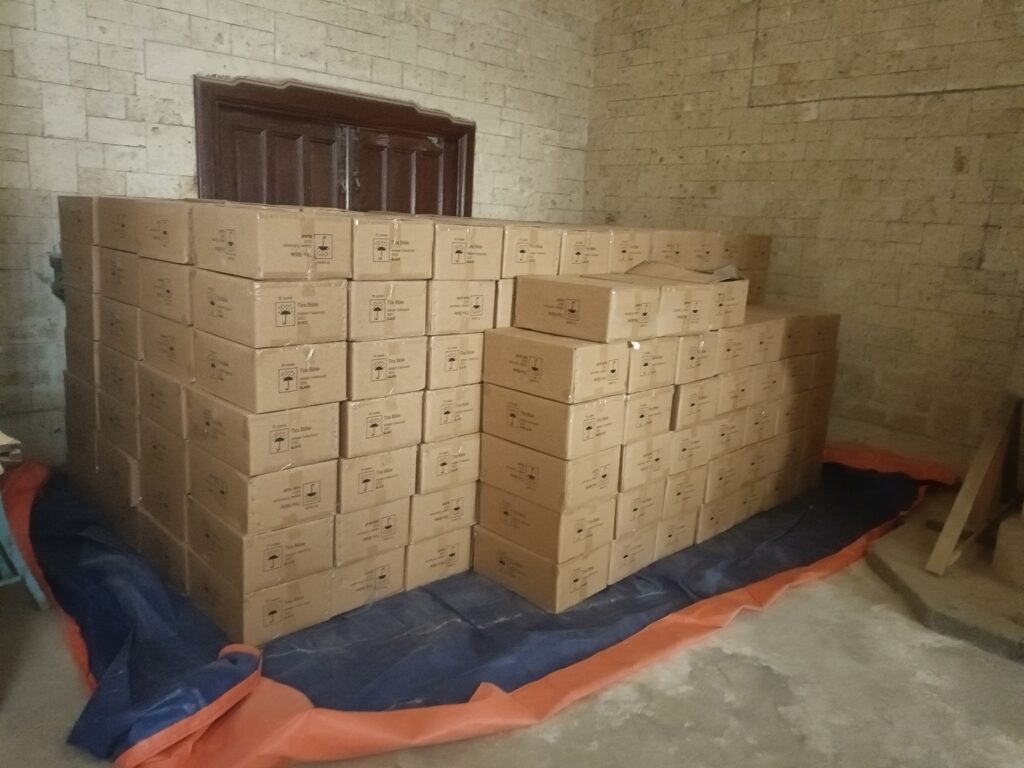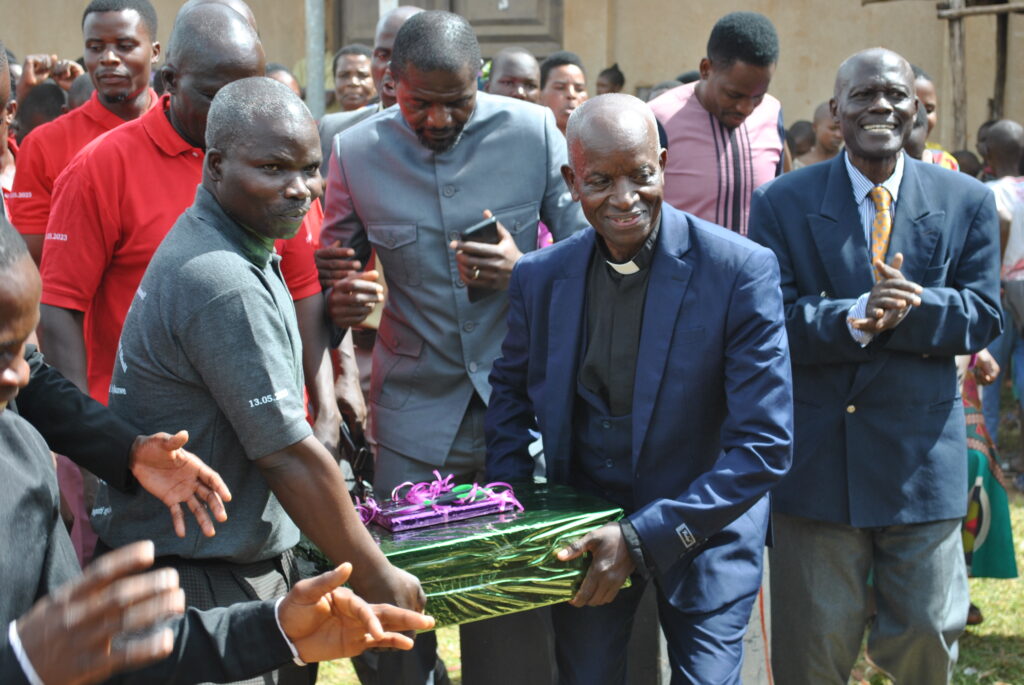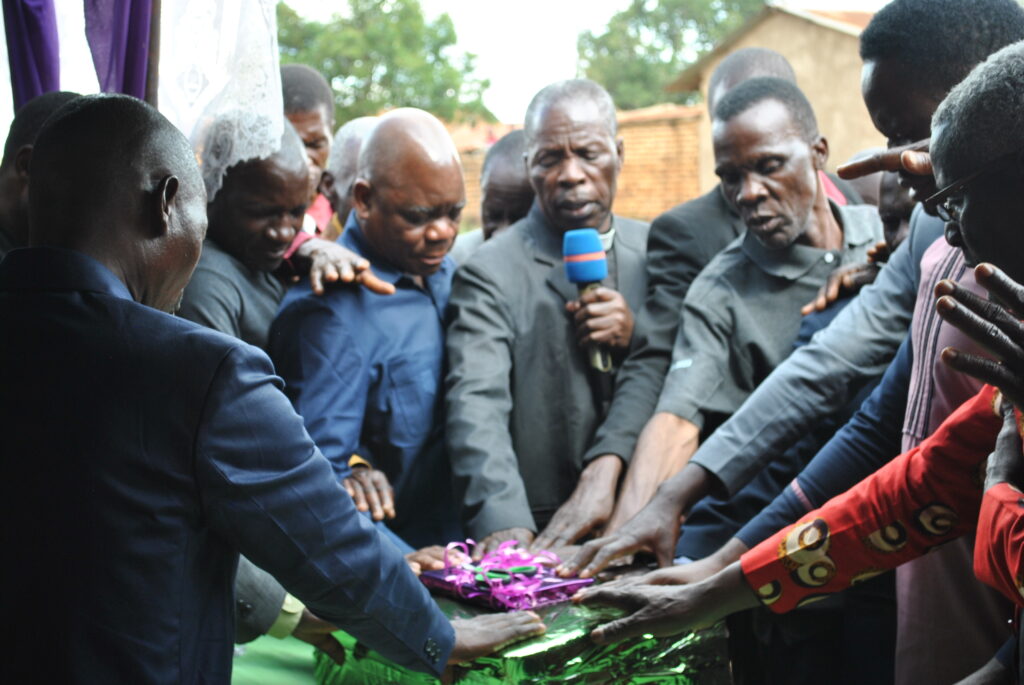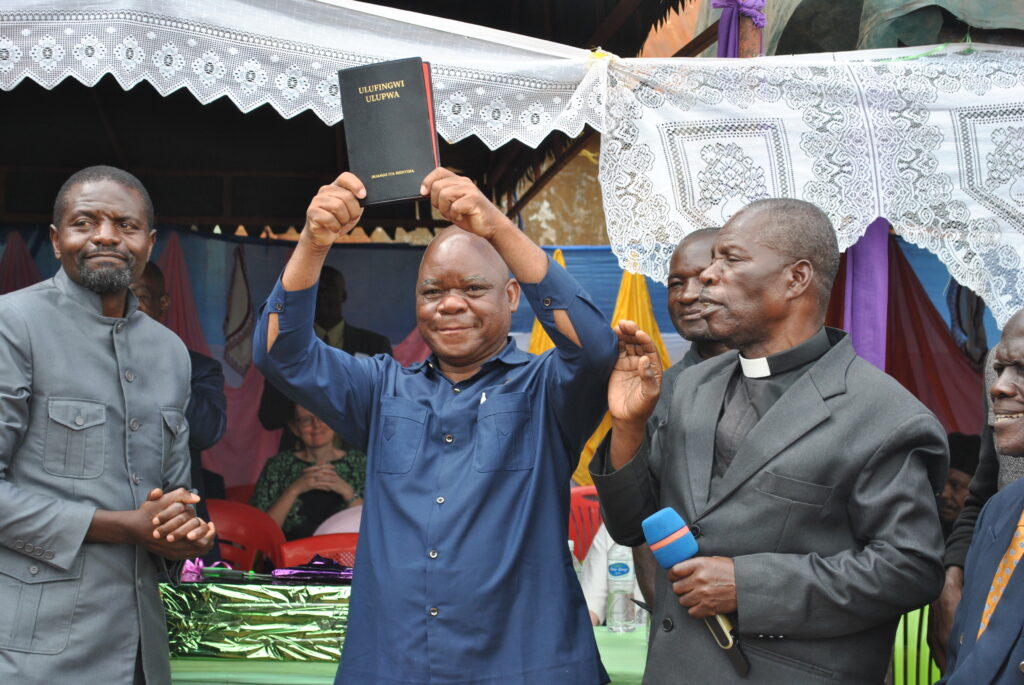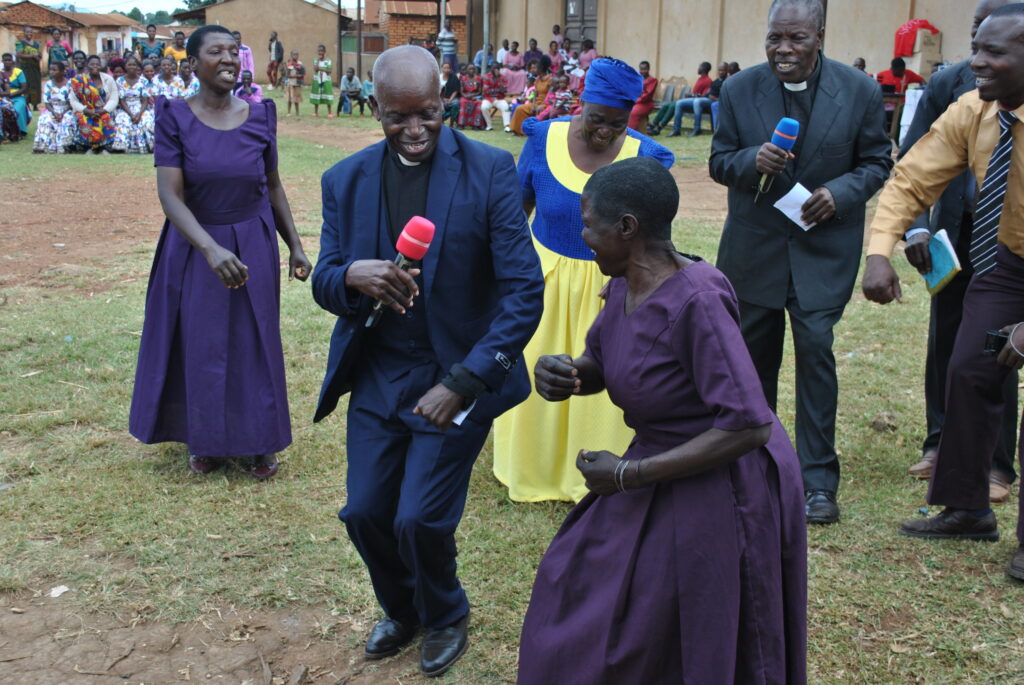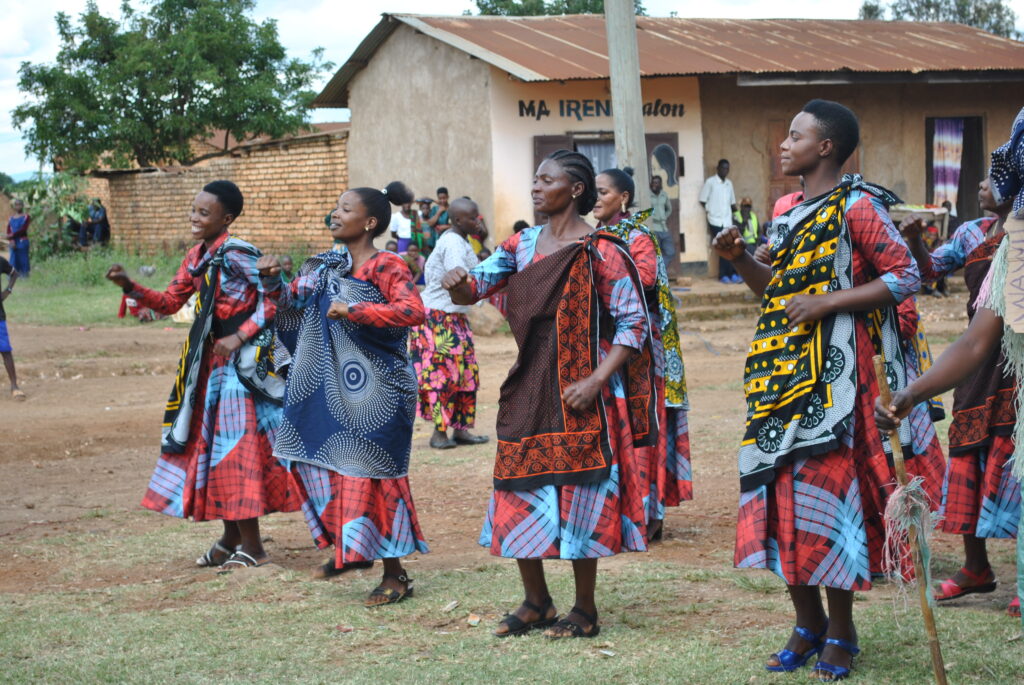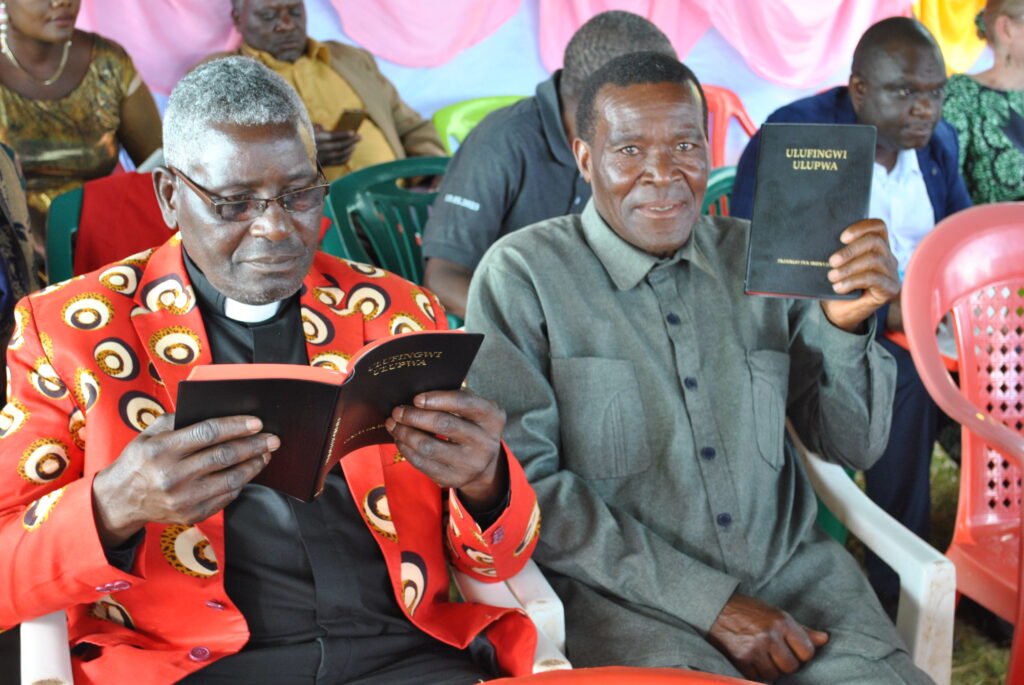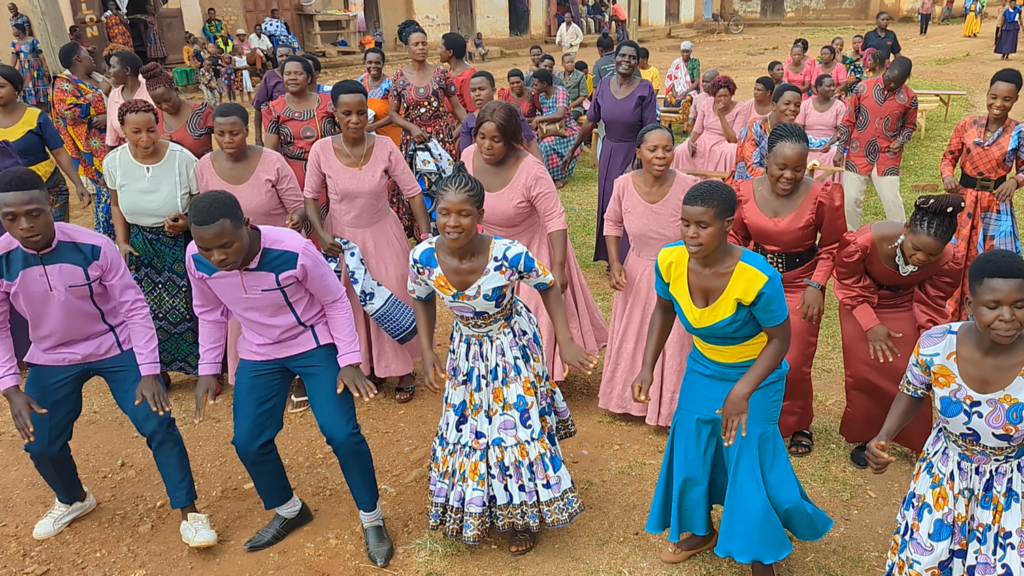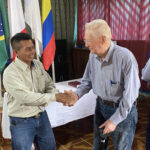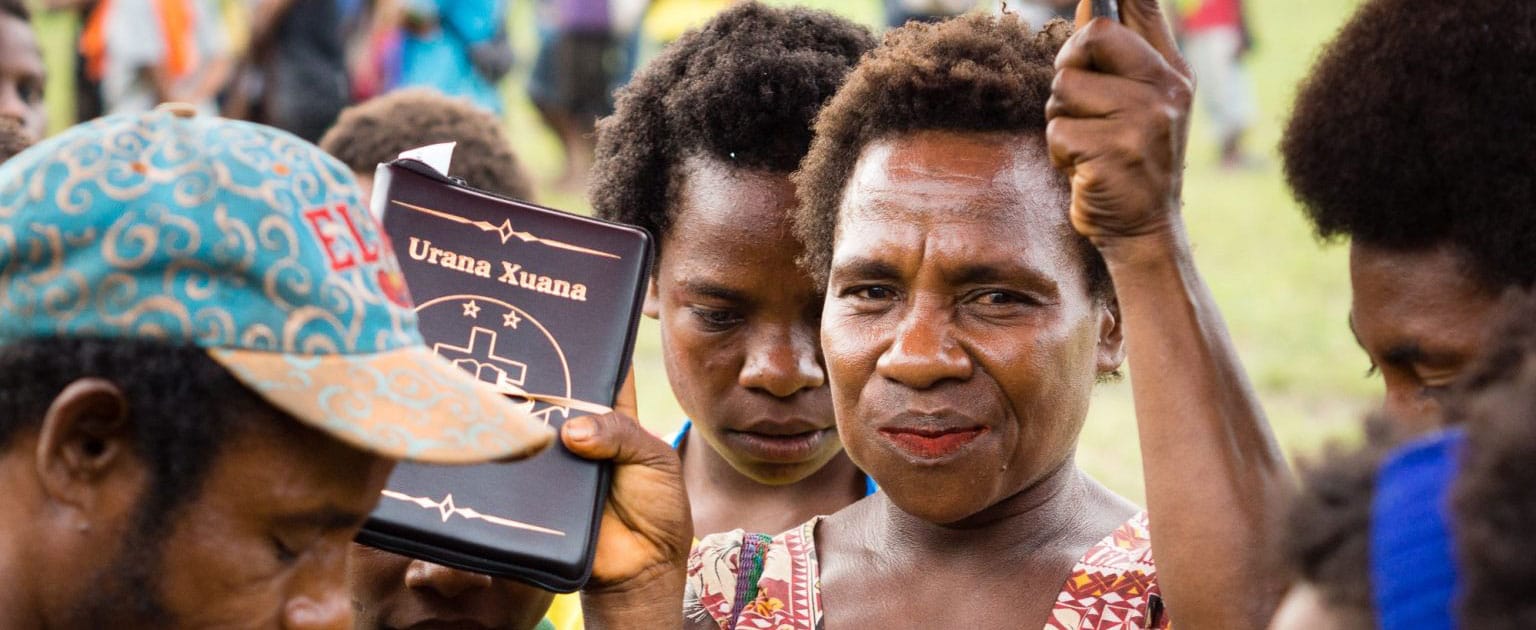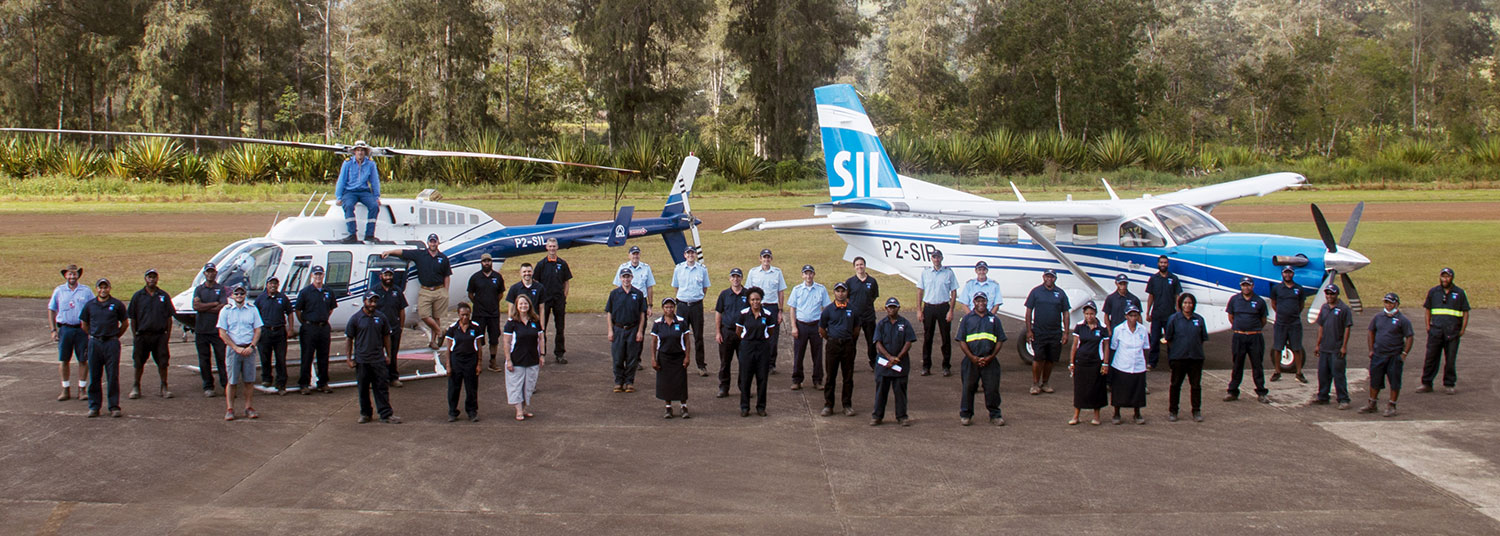A New Way of Doing Business
Mission pilot-mechanic Bryan Jones was unsure about his future when he returned to JAARS after serving in Papua New Guinea (PNG). Unexpectedly (and perhaps according to God’s plan), JAARS leadership selected him to develop a remote training program that would supplement the ground school instruction of the JAARS aviation training program.

Aviation training has been an integral part of JAARS since founder Cam Townsend recognized Bible translators’ need for safe air transport to reach the remote locations where they worked. JAARS today looks very different from the JAARS of 1948 that flew float planes on the Amazon River in Peru. Over the years, JAARS has adapted to the rapidly changing technology of aviation and aviation training. The early days of “on-the-job flight training” transitioned to a more efficient process when JAARS established a training center in Waxhaw, North Carolina. Vintage training aircraft gave way to safer and newer aircraft. Training was formalized and improved. Even so, training techniques need to continually evolve to keep up with the ever-changing nature of technology. That’s what prompted the assignment Bryan was tasked with: develop a modern computer-based program for use with the demanding 16-week Pre-Field Orientation (PFO) program at JAARS.
The ground school portion of PFO covers subjects necessary to prepare aviators for their flying: mechanics of the aircraft, safety precautions, flight procedures and more. For years, experienced JAARS instructors have taught ground school in a person-to-person environment, a method that has served mission aviators well. But Bryan points out many advantages for using modern software like Google Classroom to augment the stand-up lessons.
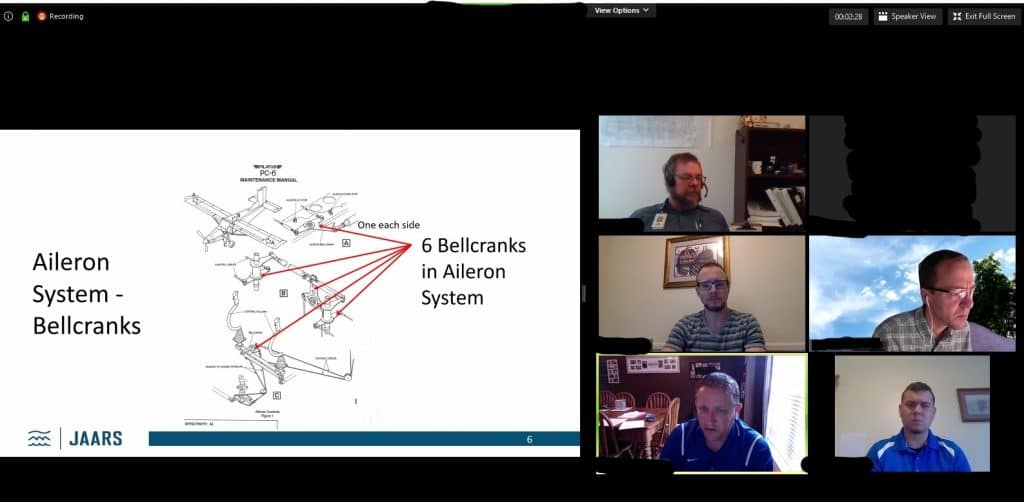
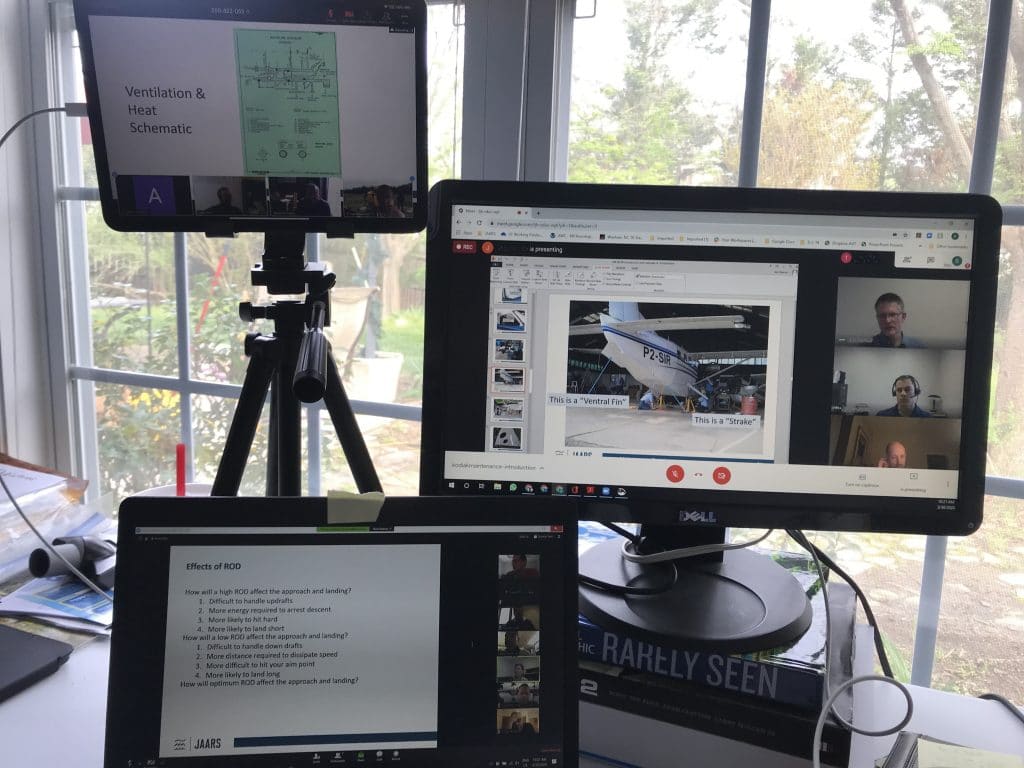
“Orientees in the PFO classes can go online whenever they need to review course material, both during training and afterward,” he points out. “We can send out reading assignments to be completed by a certain date. Anyone missing a class can catch up by watching a video of the class session that was posted online. Communication with everyone is better because we can post announcements using various media formats.”
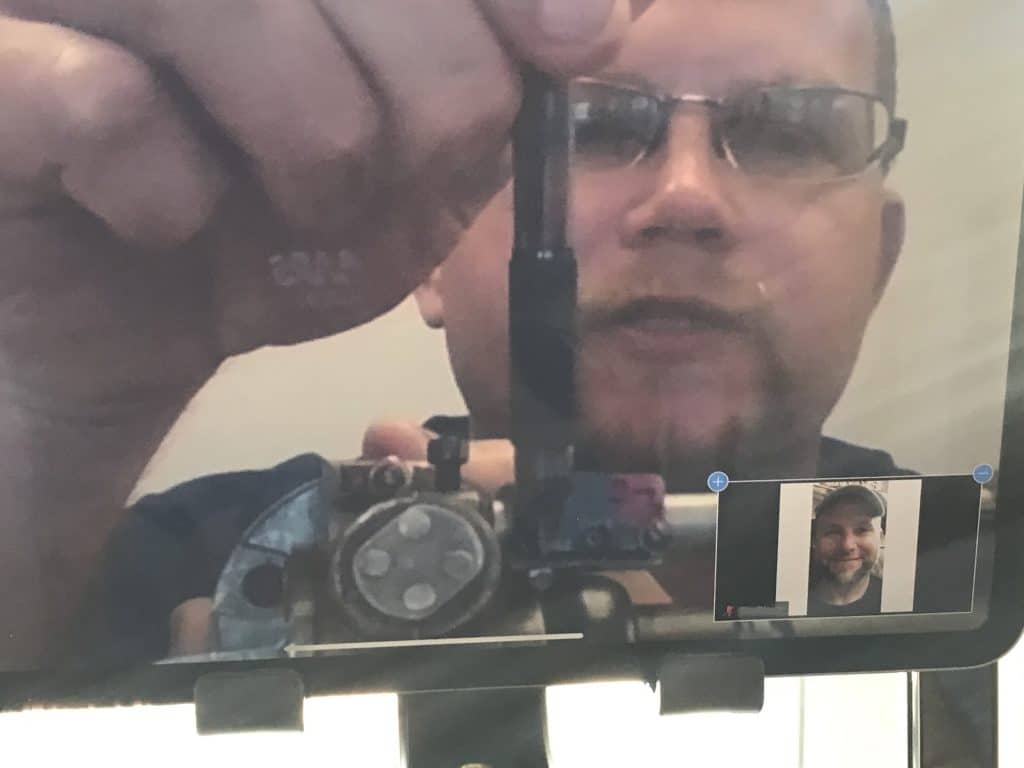
Adding online learning to PFO could not have happened at a better time. The COVID-19 pandemic erupted in March after PFO began. Social distancing requirements and limits on group gatherings precluded traditional classroom instruction. But the ground school portion of orientation could continue, thanks to Google Classroom. “When JAARS initiated the stay-at-home protocol,” Jones reports, “Google Classroom was already in place which made the transition to teaching online relatively seamless. We were able to continue for another three weeks to complete the lecture portion of PFO using remote learning. Google Classroom kept the orientees engaged with the material, gave them access to online resources, and was a good communication portal between instructors and students.”
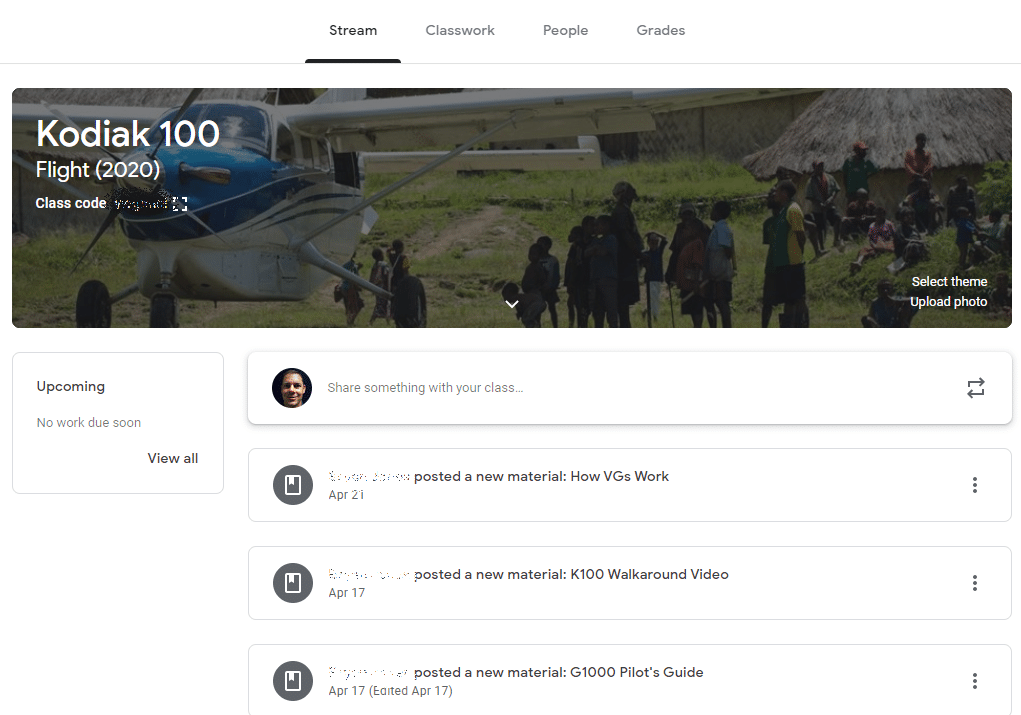
Remote learning displayed its value in another application. One of our mission partners in Guatemala had recently purchased a Pilatus Porter PC-6 similar to ours. Their plan to send a pilot to Waxhaw for training had to be canceled due to the pandemic, but the training was not delayed. A JAARS instructor conducted the ground school portion of the training remotely, using the program Bryan developed.
Bryan and BJ Diggins, JAARS Aviation Training director, had these takeaways from this experience:
- Our partner could start ground school training before coming to JAARS.
- He will be prepared to begin his flight training immediately when he eventually arrives at JAARS.
- Since the initial training was conducted online, our partner’s mission and service in Guatemala could continue without interruption.
“The success we had with our Guatemalan partner is just one example of the potential online training offers for the field programs,” Bryan continued. “Online training saves time, money, promotes collaboration, and enhances mission impact. It will not replace traditional instruction completely, but it will certainly enhance it.”
JAARS will continue to adapt its training to whatever developments and challenges arise. You can help maintain our aviation training excellence with a gift to Aviation Training.

